
Dear Friends,
Born on 22 March 1908 as Tribhuvandas Luhar to Purushottamdas Keshavdas Luhar and Ujamben in the village of Miyanmatar (located in the district of Bharuch), Sundaram was a legendary poet of Gujarat. At the age of eighteen, his first poem ‘Ekanshe De’ was published in Sabarmati, a Gujarati magazine. After graduating from Gujarat Vidyapith he started teaching in Sonagadh-Gurukul. In 1934 he received the prestigious Ranjitram Suvarna Chandrak, a gold medal considered to be the highest literary award in Gujarati literature for his anthology of poems, Kavyamangala. He visited Pondicherry in 1940 and had the Darshan of Sri Aurobindo and the Mother. He visited Pondicherry again in 1943 and two years later joined Sri Aurobindo Ashram as an inmate with his wife Mangalagauri and daughter Sudha. In 1946 he received the Mahida Paritoshik Award for his Arvachin Kavita, a critical survey of modern Gujarati poetry which went on to become a classic. In 1947 he started the publication of Dakshina, a quarterly magazine in Gujarati to spread the teachings of Sri Aurobindo in Gujarat. In 1954 he participated in the third ‘All India Writers Meet’ organized by P.E.N. in Chidambaram. In 1955 he received the Narmad Suvarna Chandrak for his anthology of poems, Yatra. His book Avalokana earned him the Delhi Sahitya Akademi Award in 1969. In 1975 he received an Honorary D. Litt from the Sardar Patel University. On16 March 1985 he received the Padmabhushan Award, the third highest Civilian Award, from the then President of India, Giani Zail Singh. In 1990 he received the Shri Narasinh Mehta Award for his contribution in the field of education and literature from the Government of Gujarat. On 13 January 1991, he left his body.
On the occasion of the thirtieth death anniversary of Sundaram, a pictorial tribute to him consisting of one hundred photographs of his has been published in the website of Overman Foundation.
With warm regards,
Anurag Banerjee
Founder,
Overman Foundation.

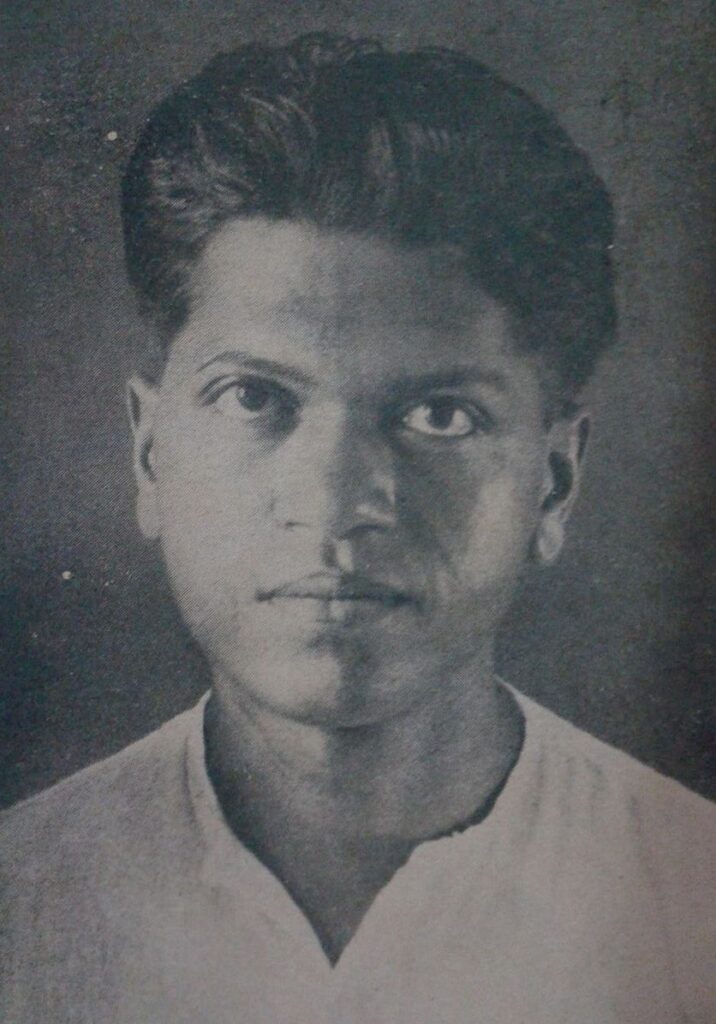



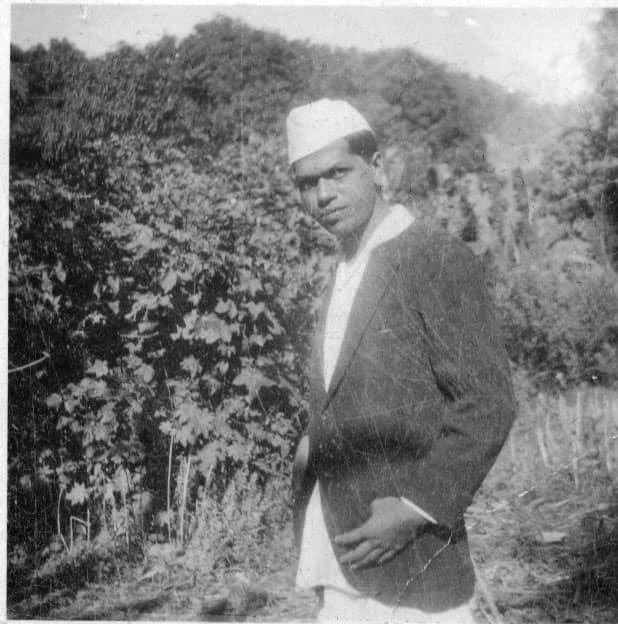







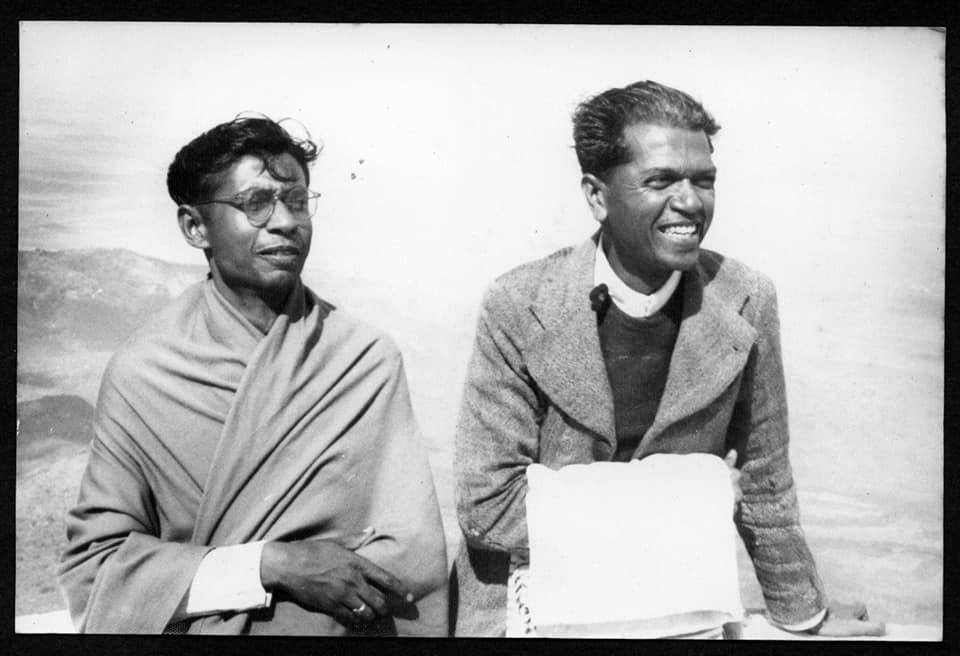




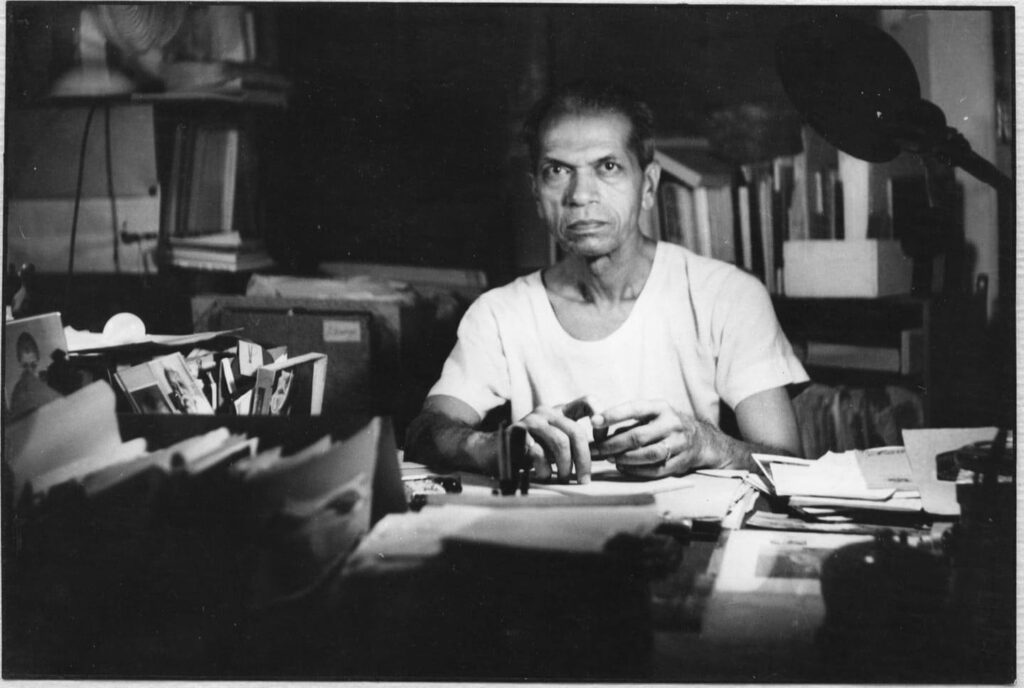
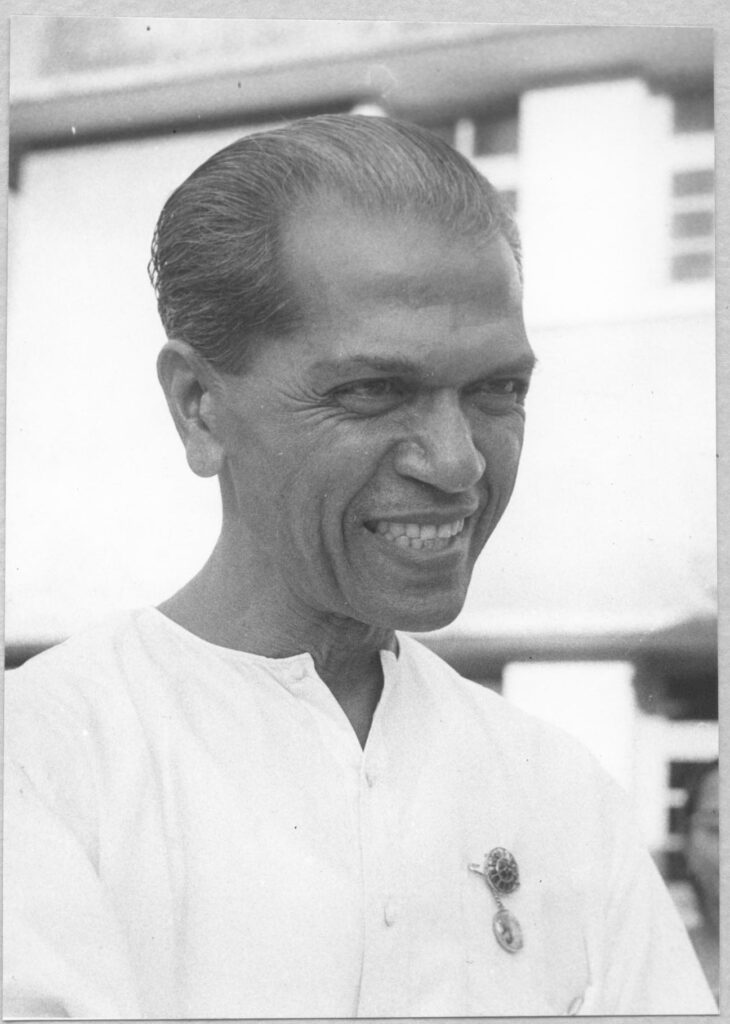

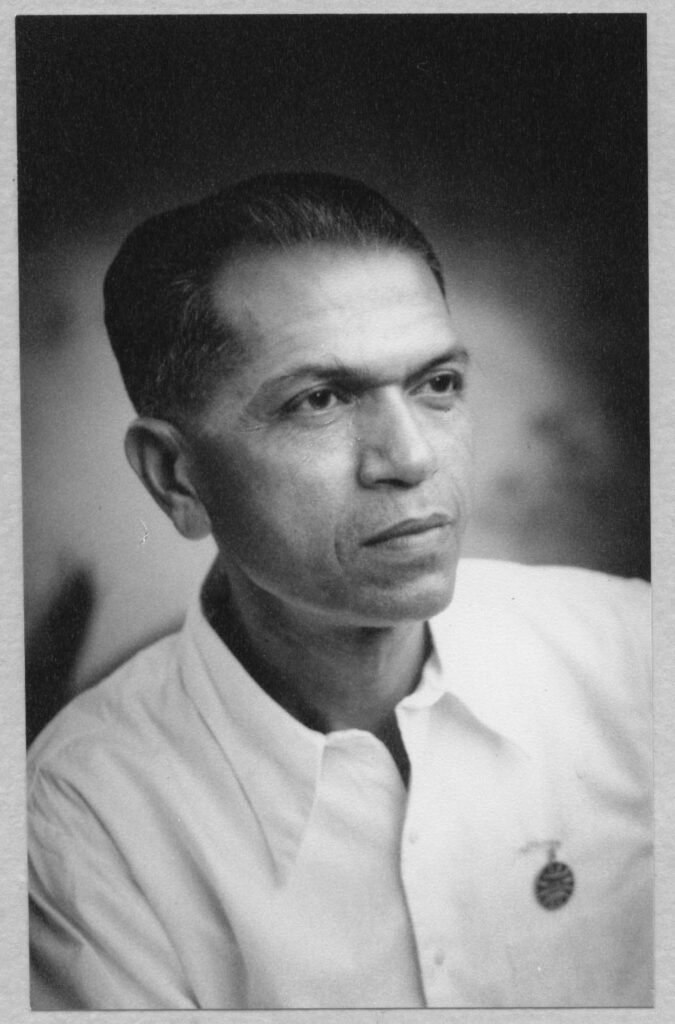
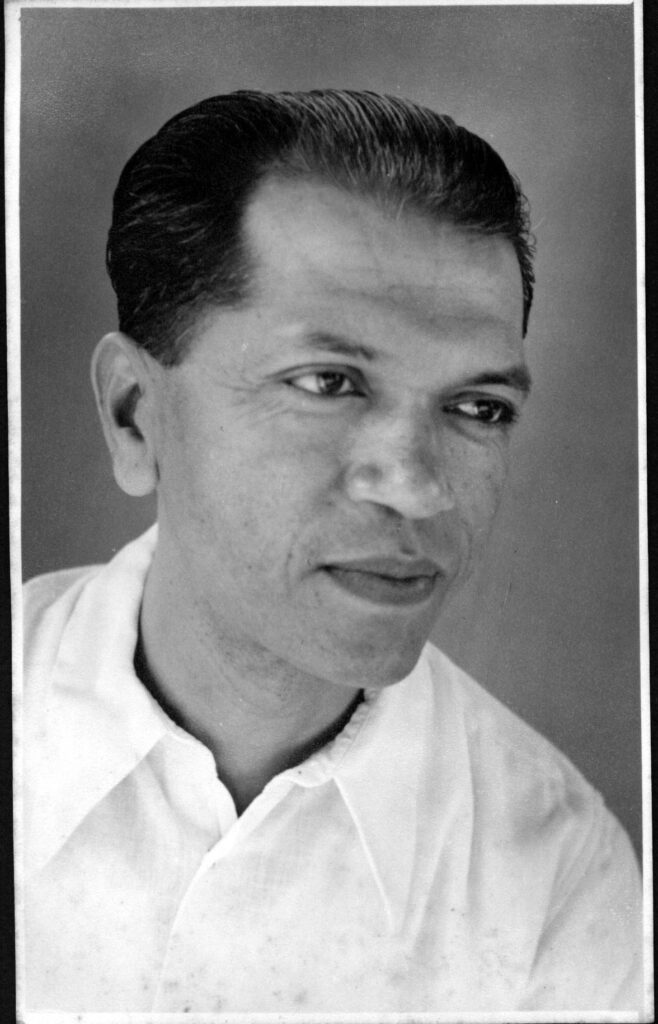





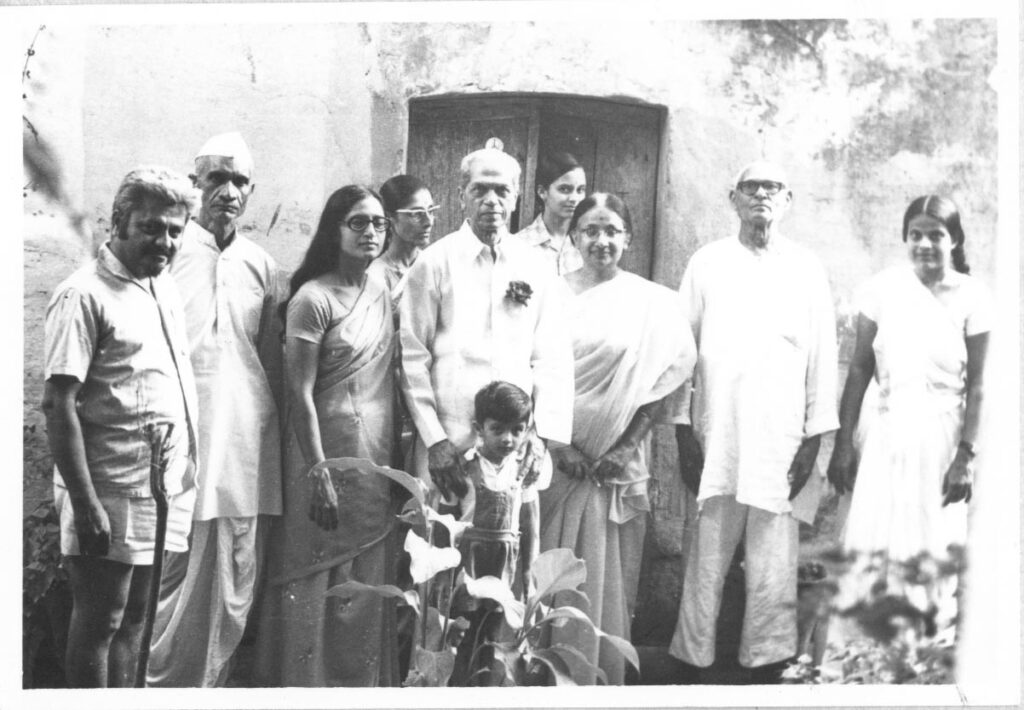


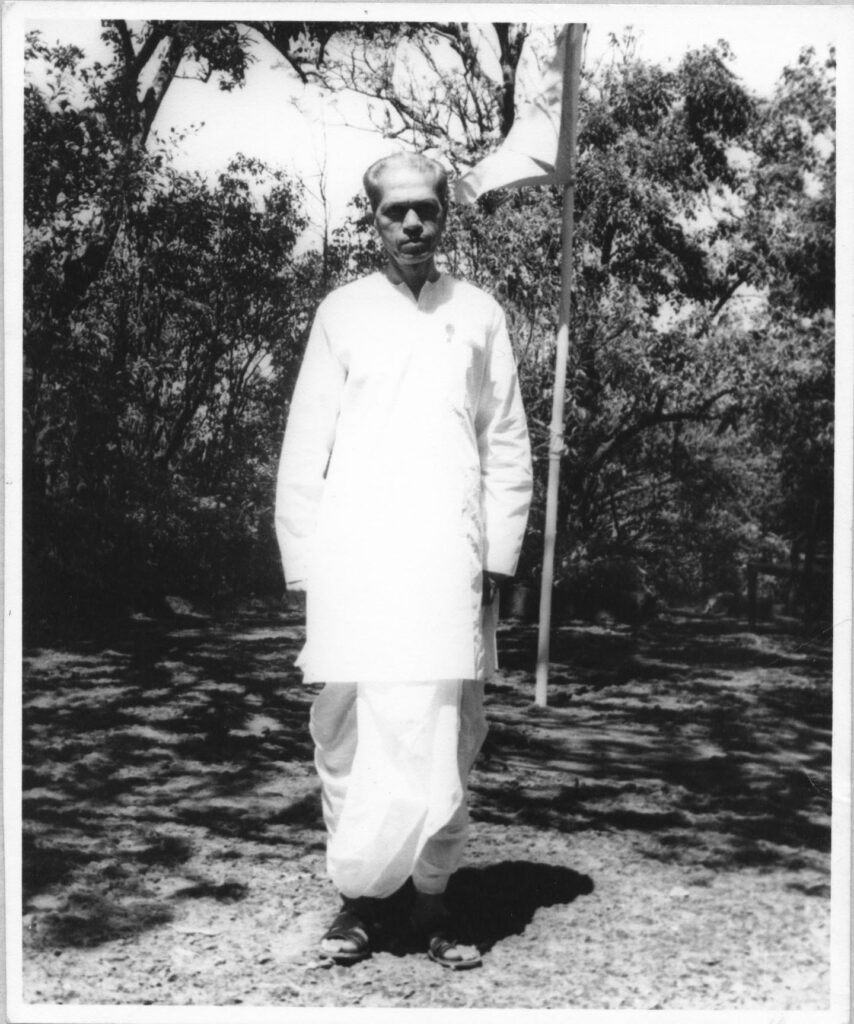

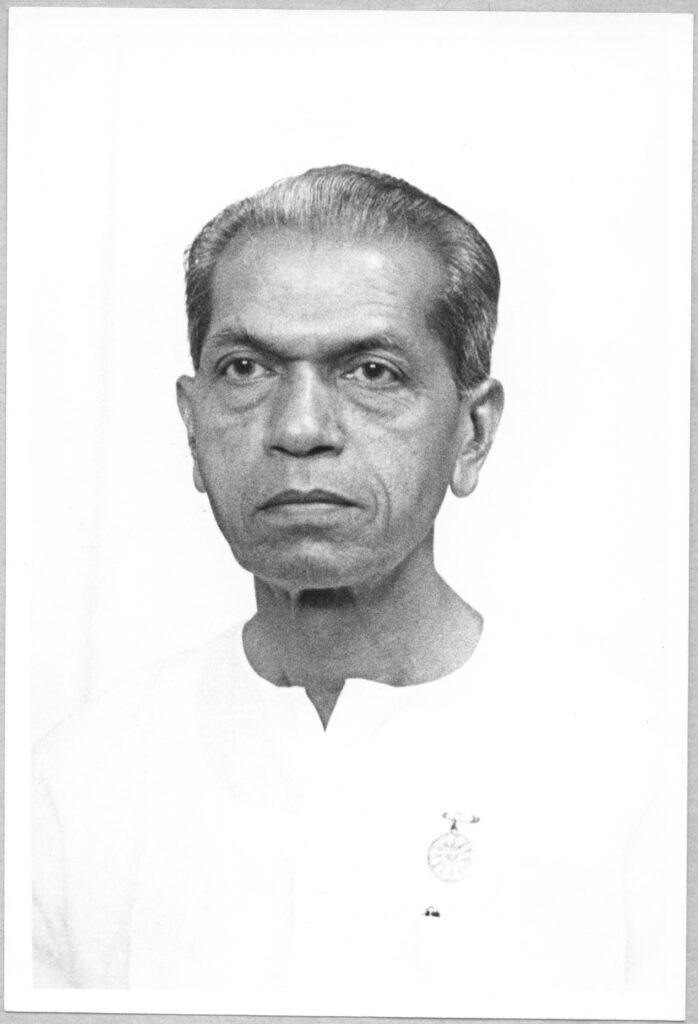















The following eleven photographs were taken at a “Shibir” (spiritual camp) held at Ahmedabad:
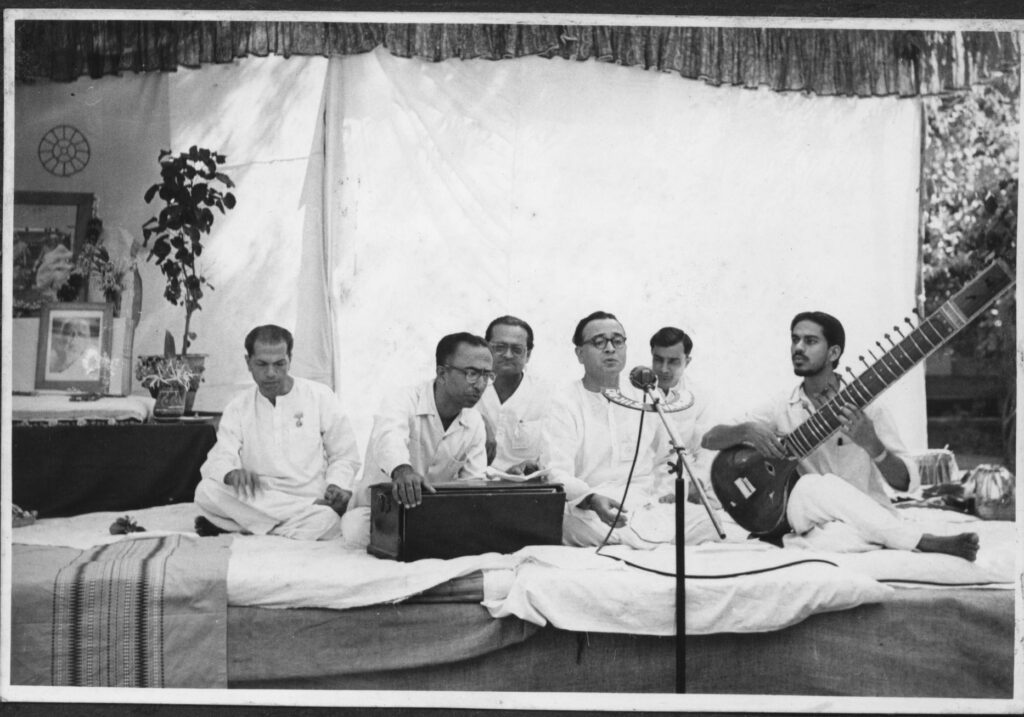
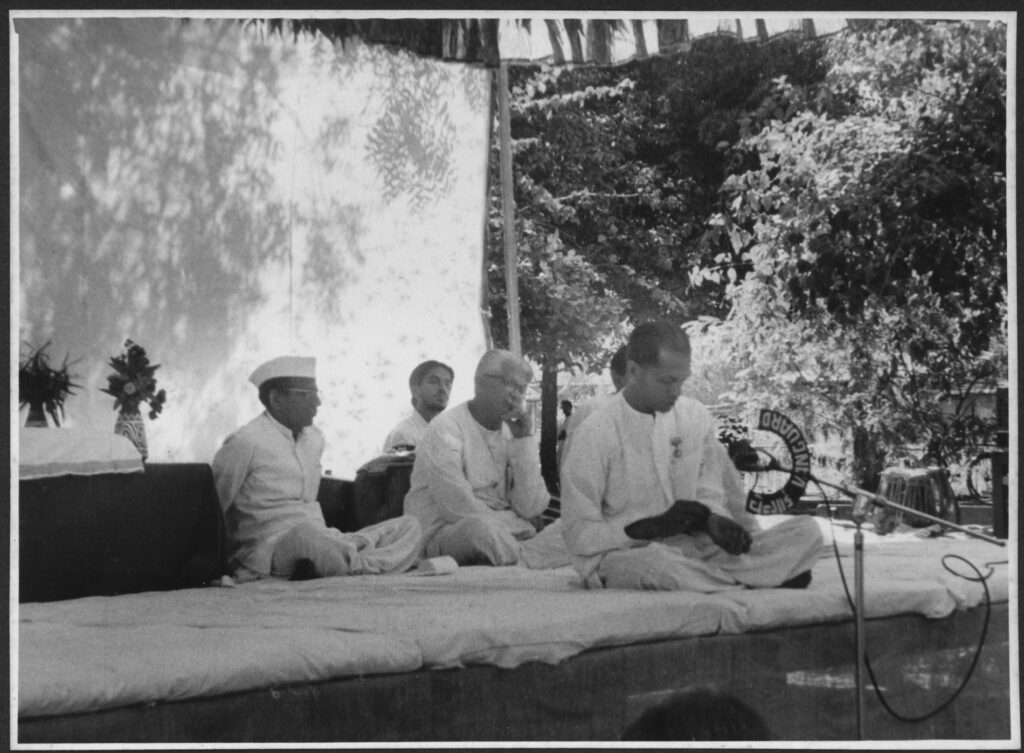
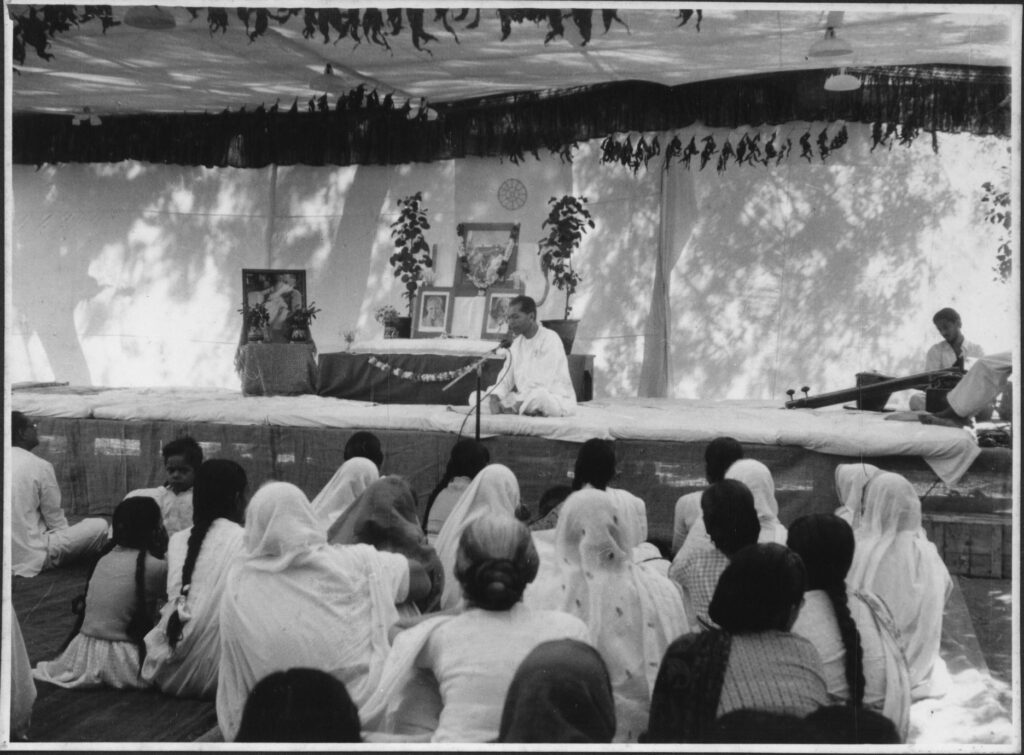
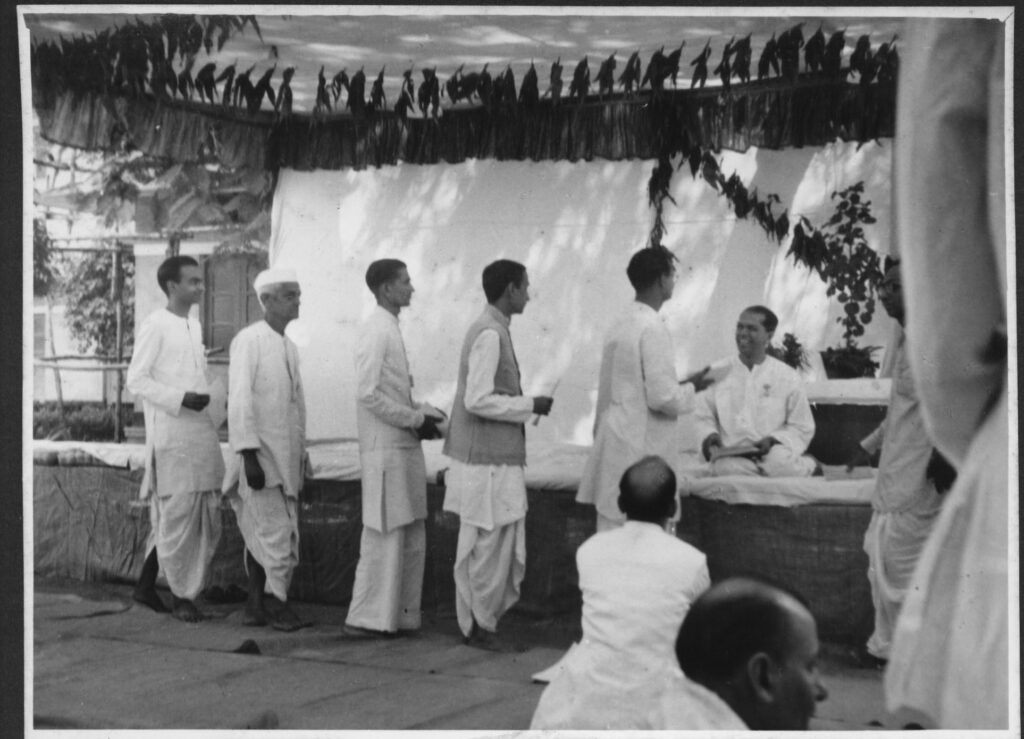
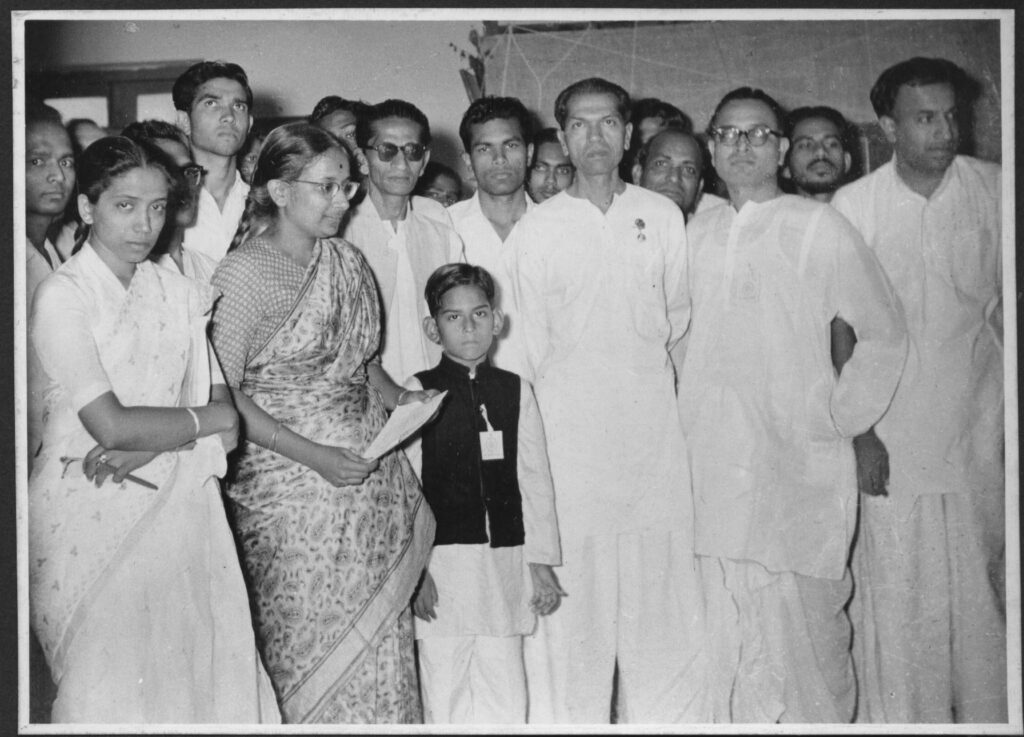
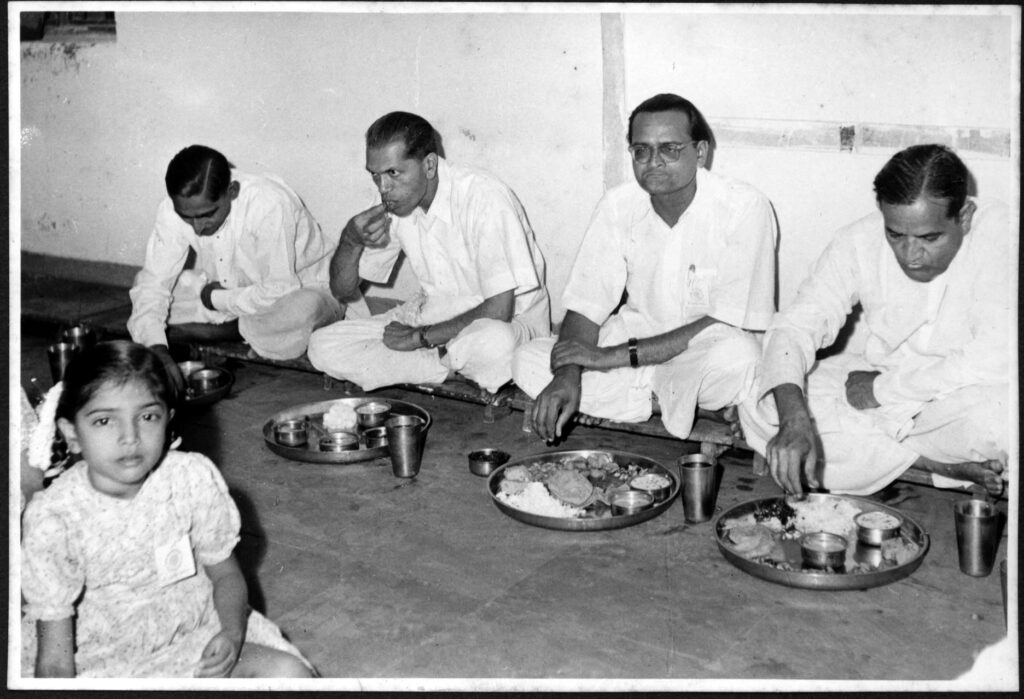
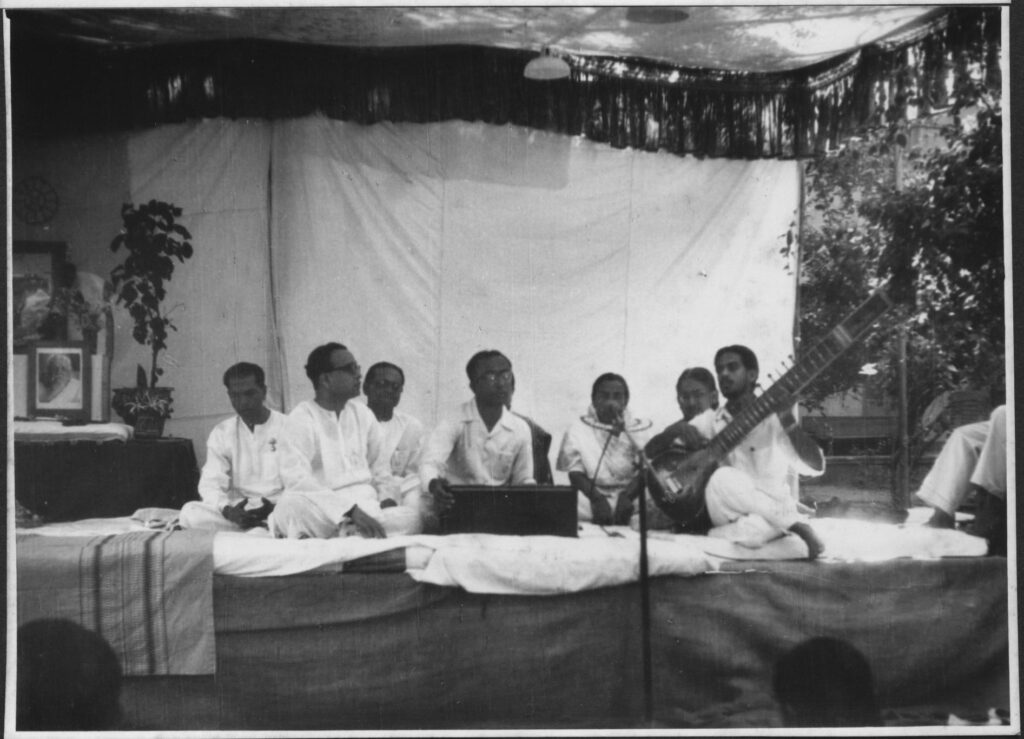
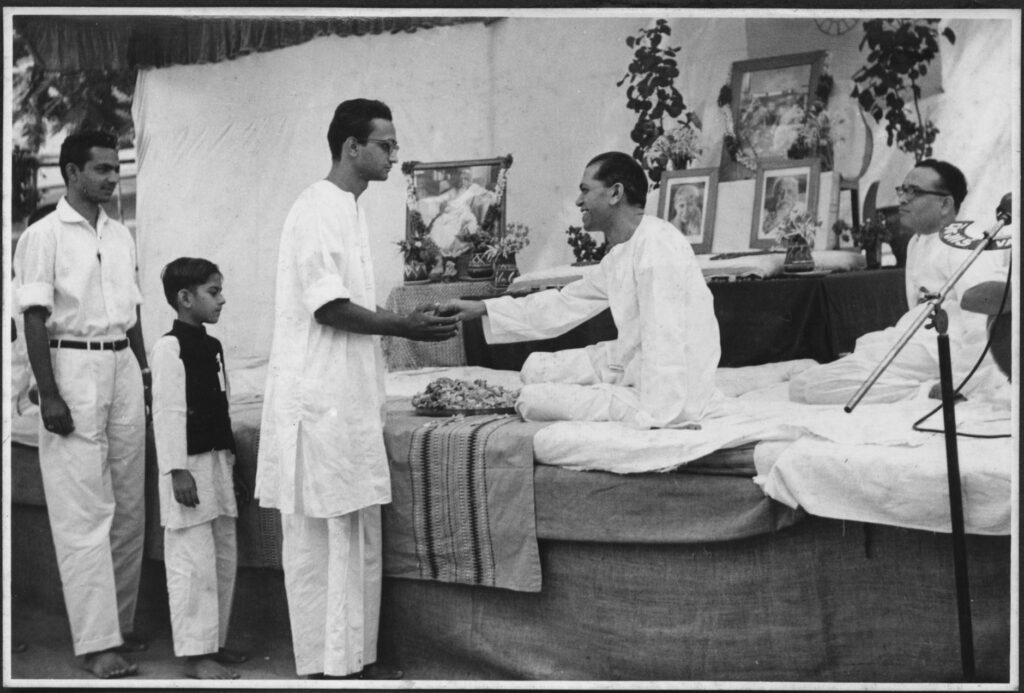
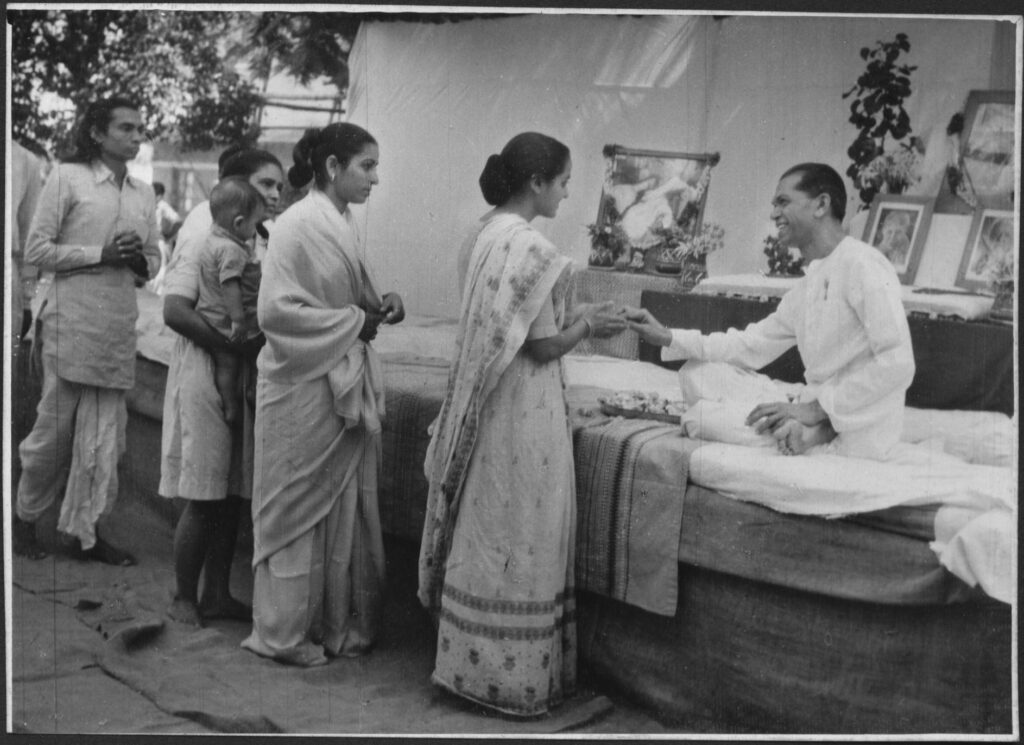
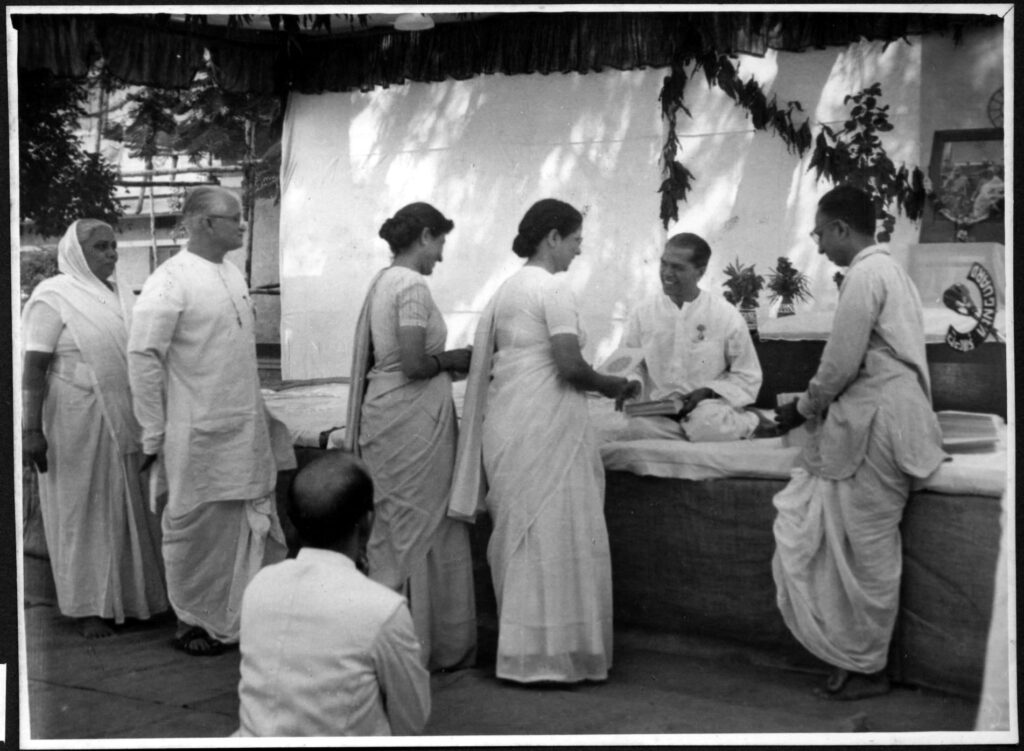
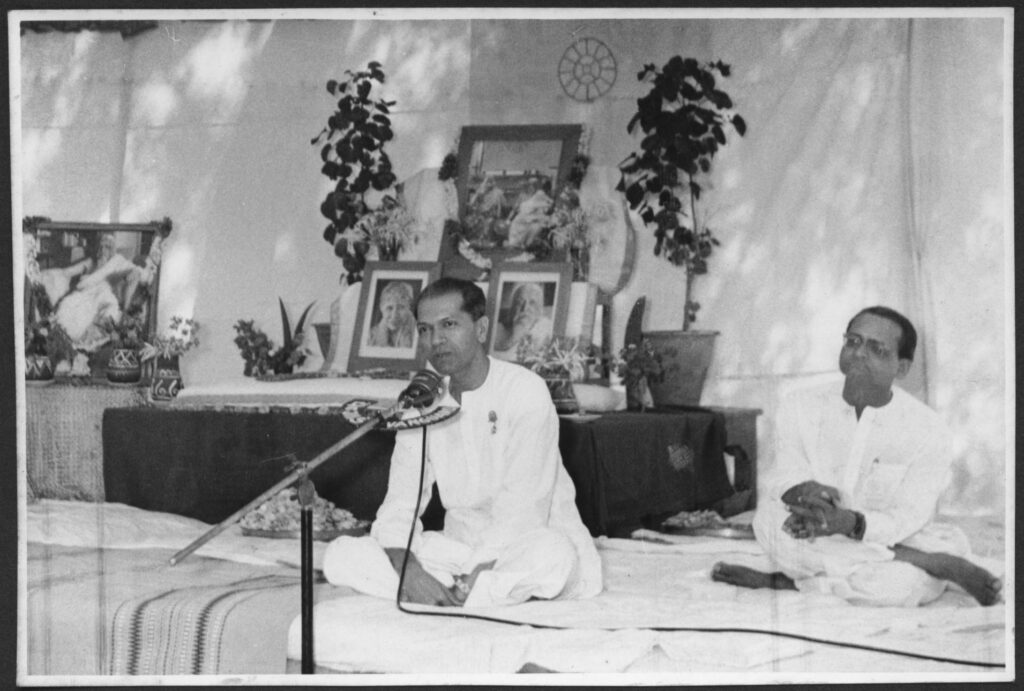
The following sixteen photographs were taken at a “Shibir” held at Porbandar in April 1968:
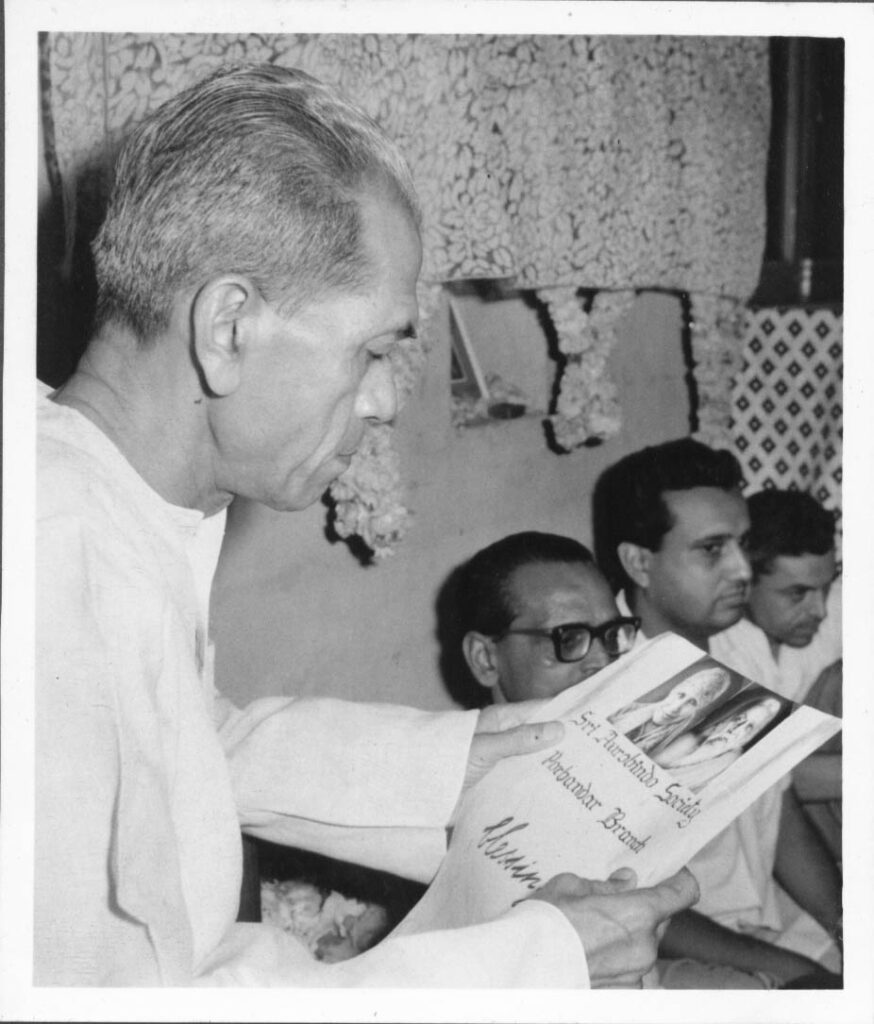

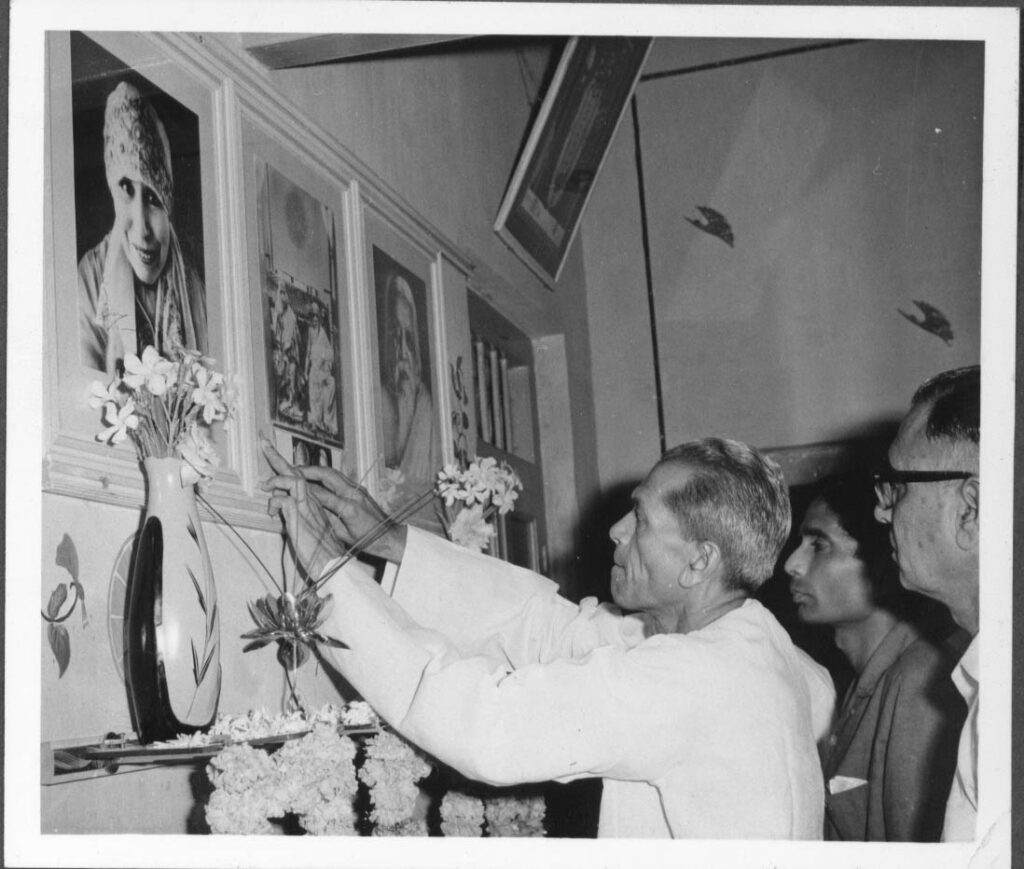
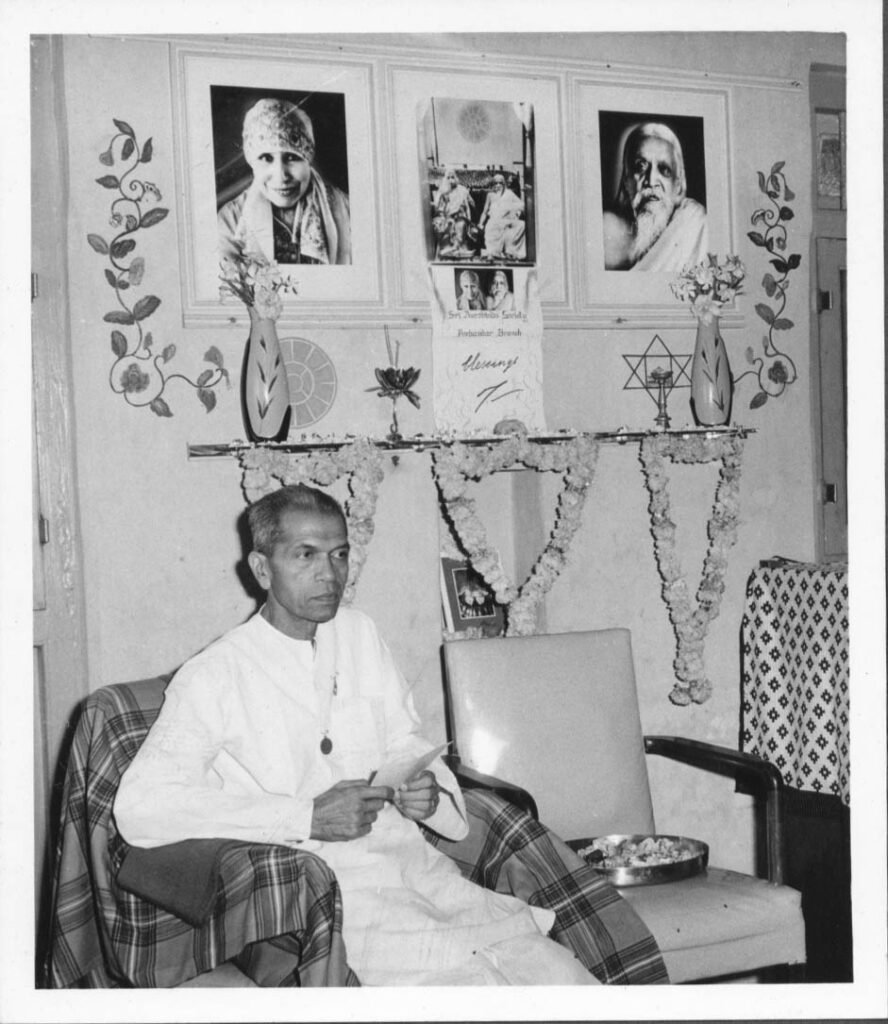
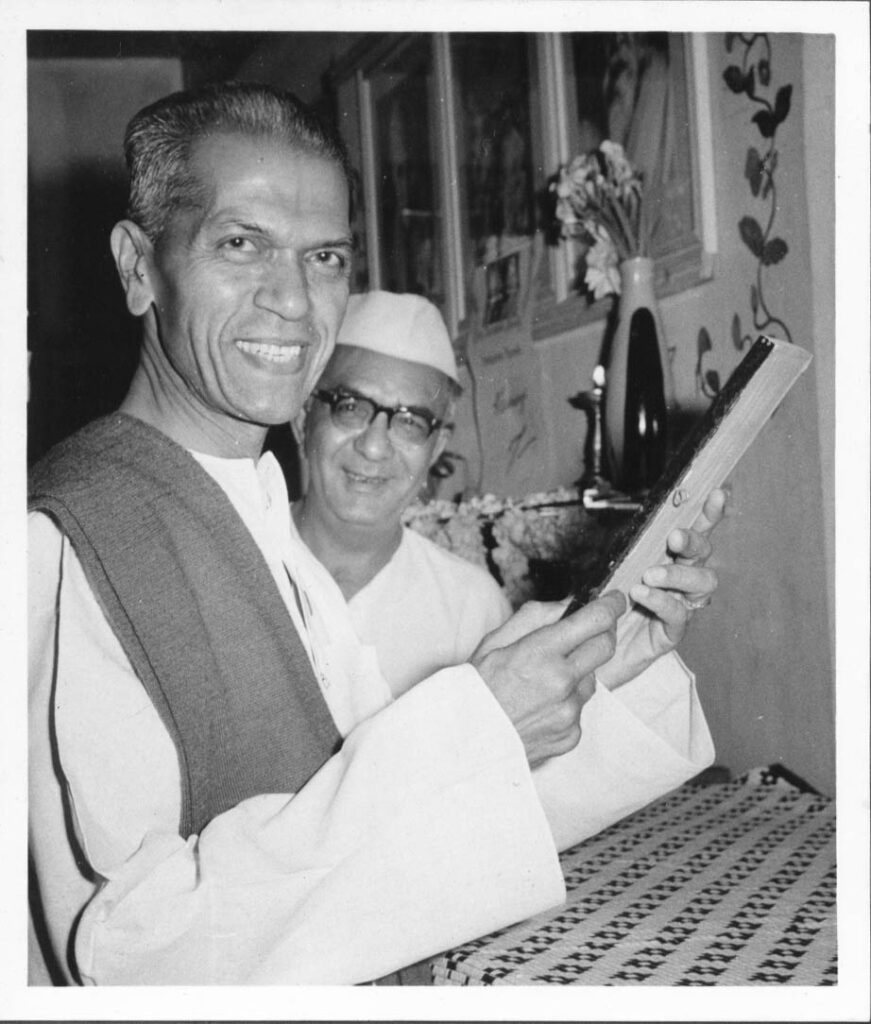

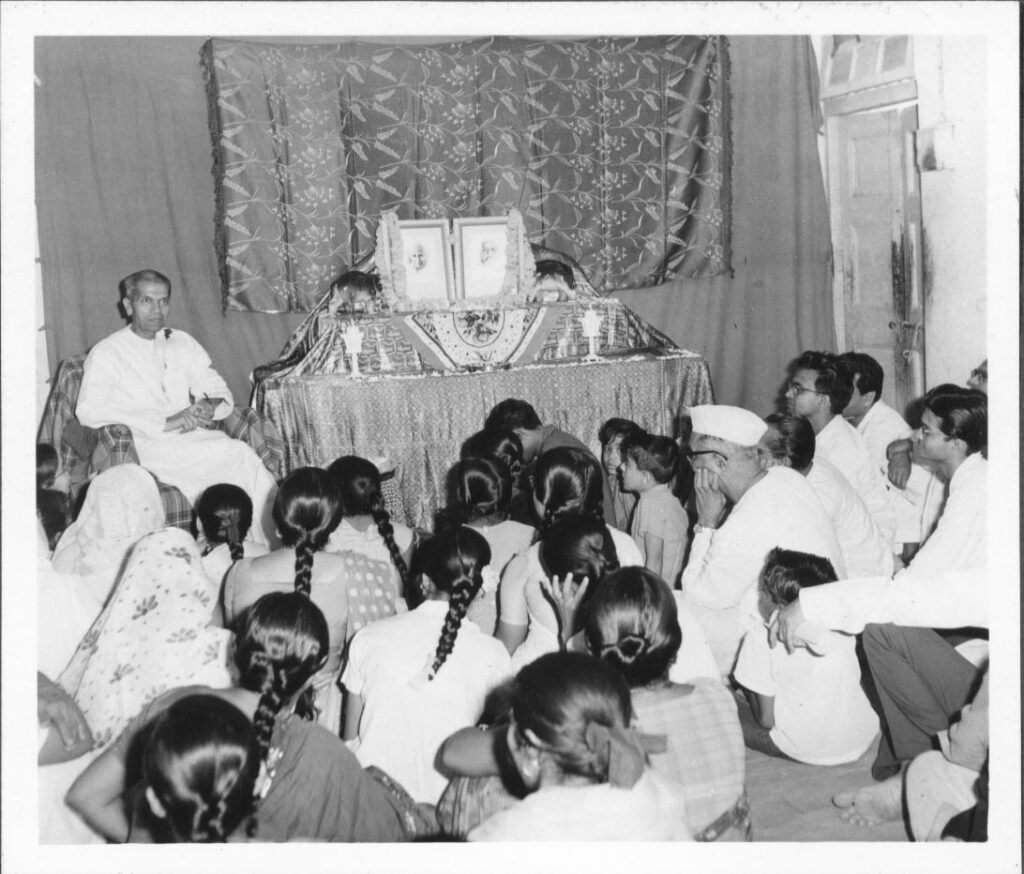
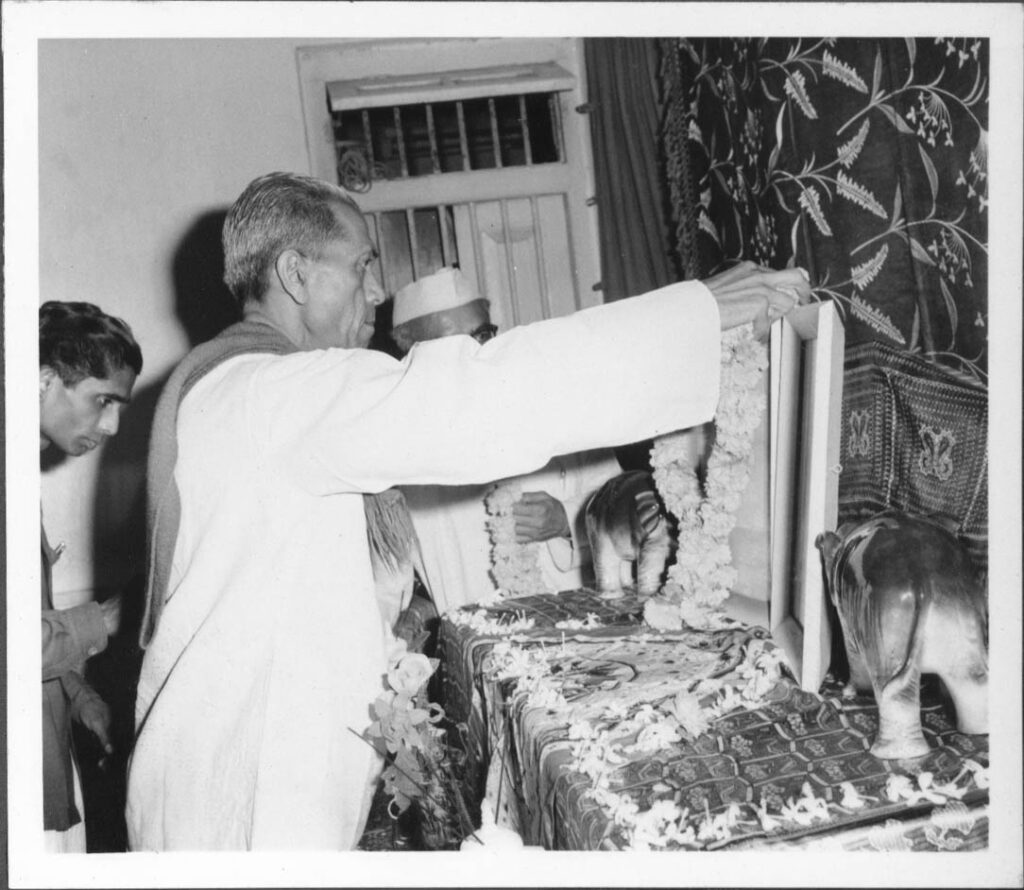
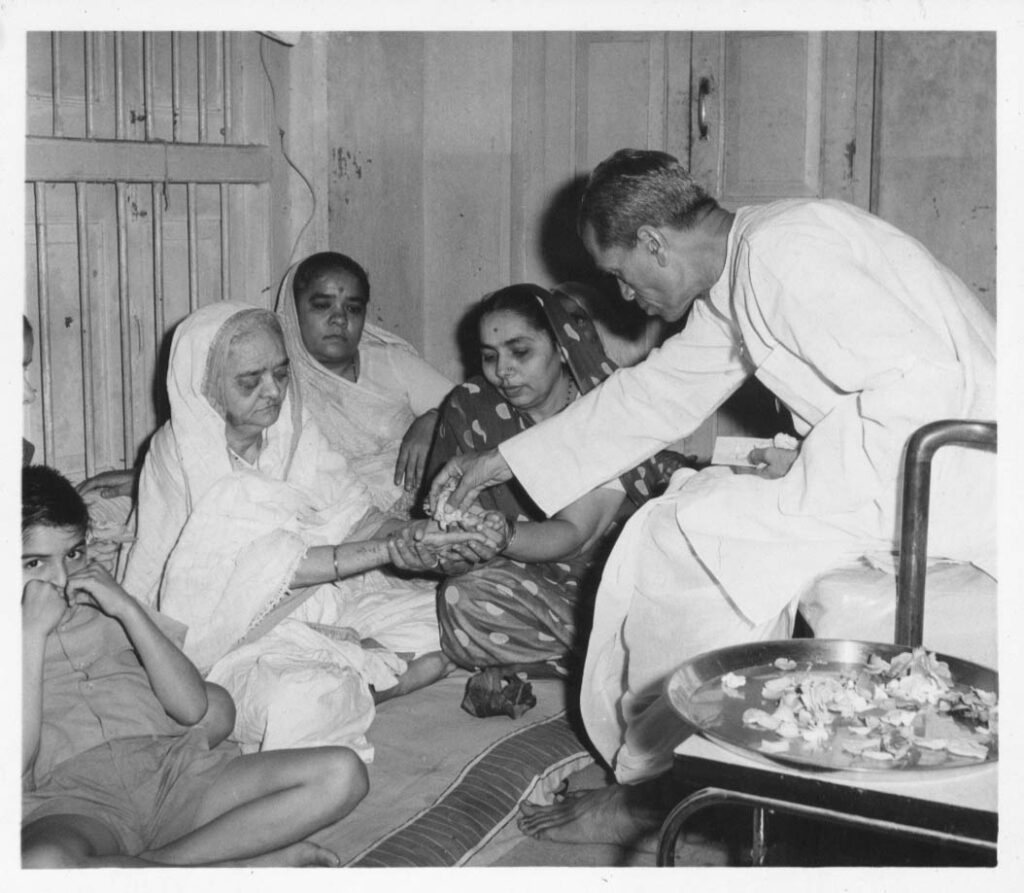
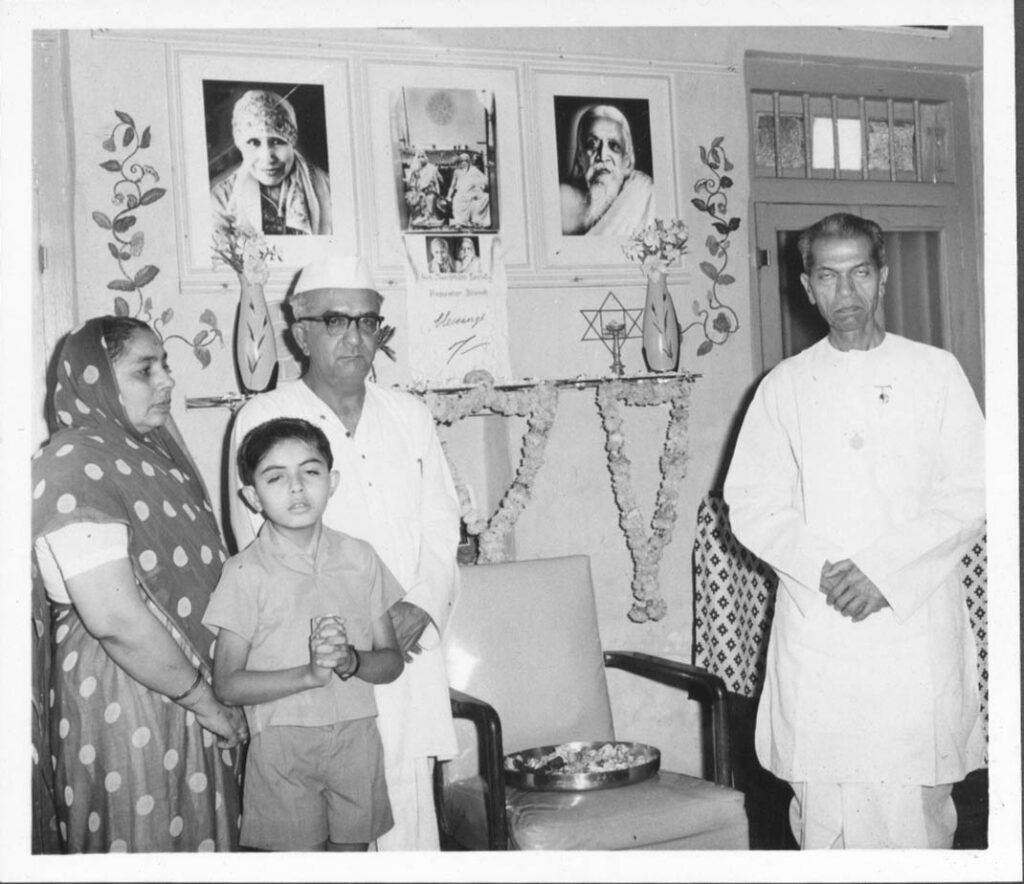
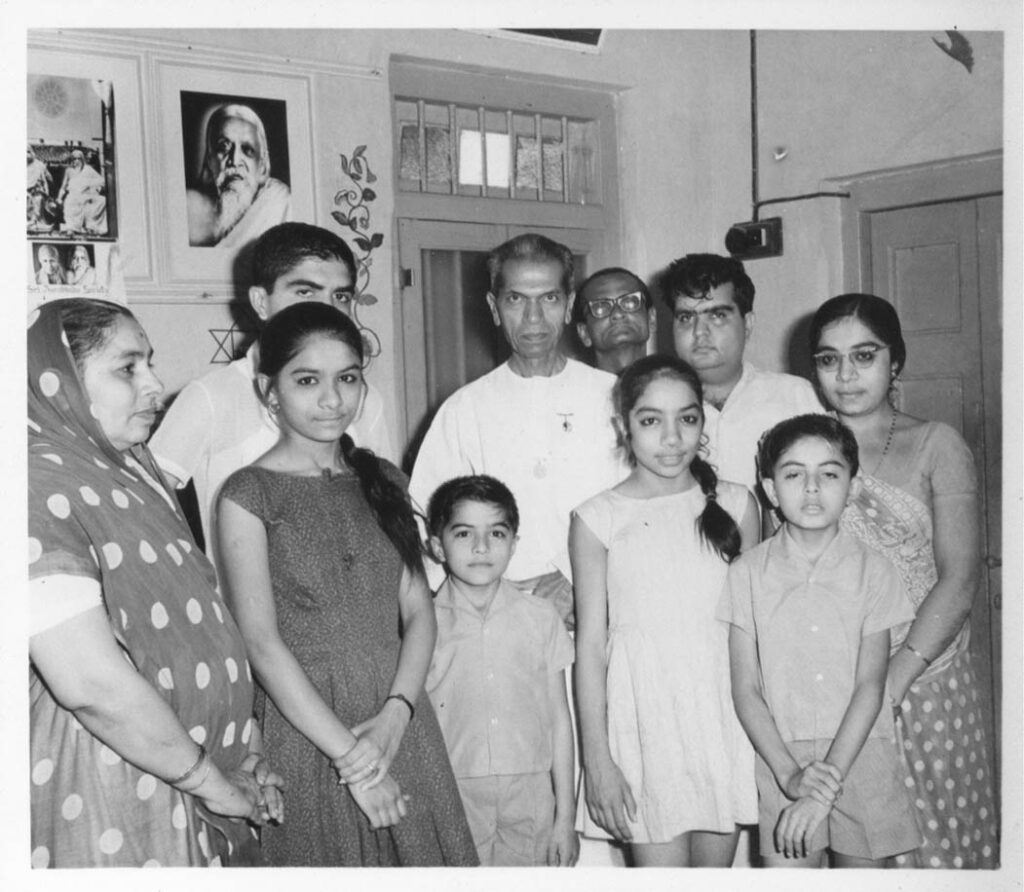
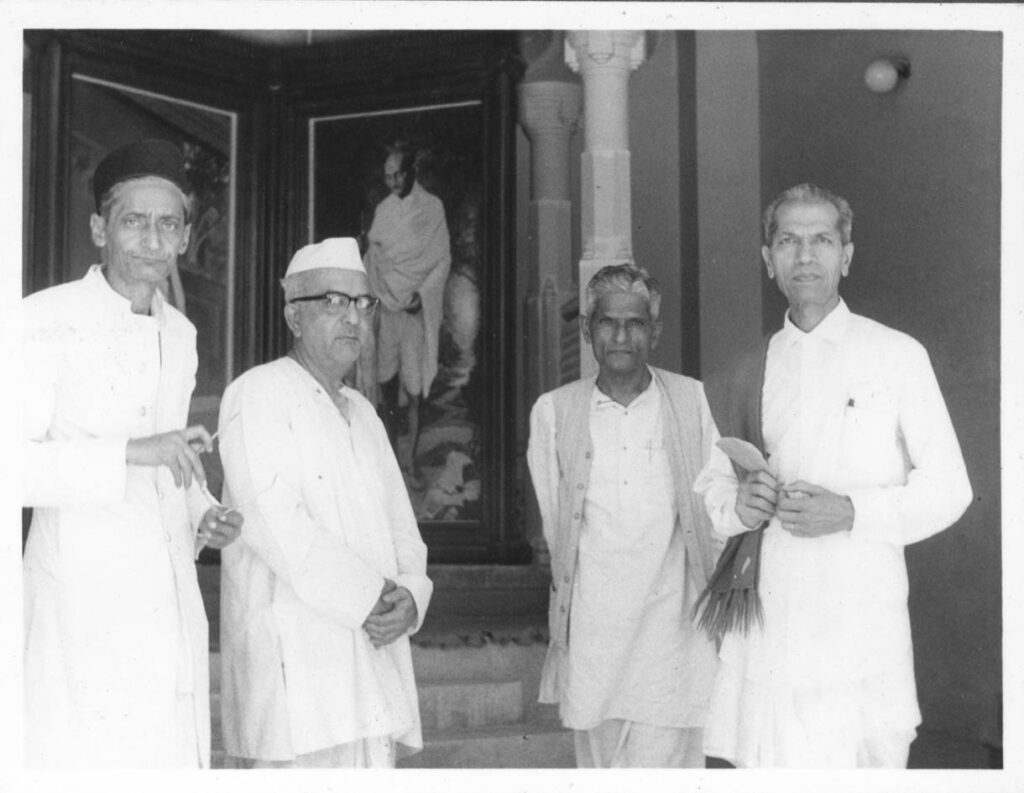
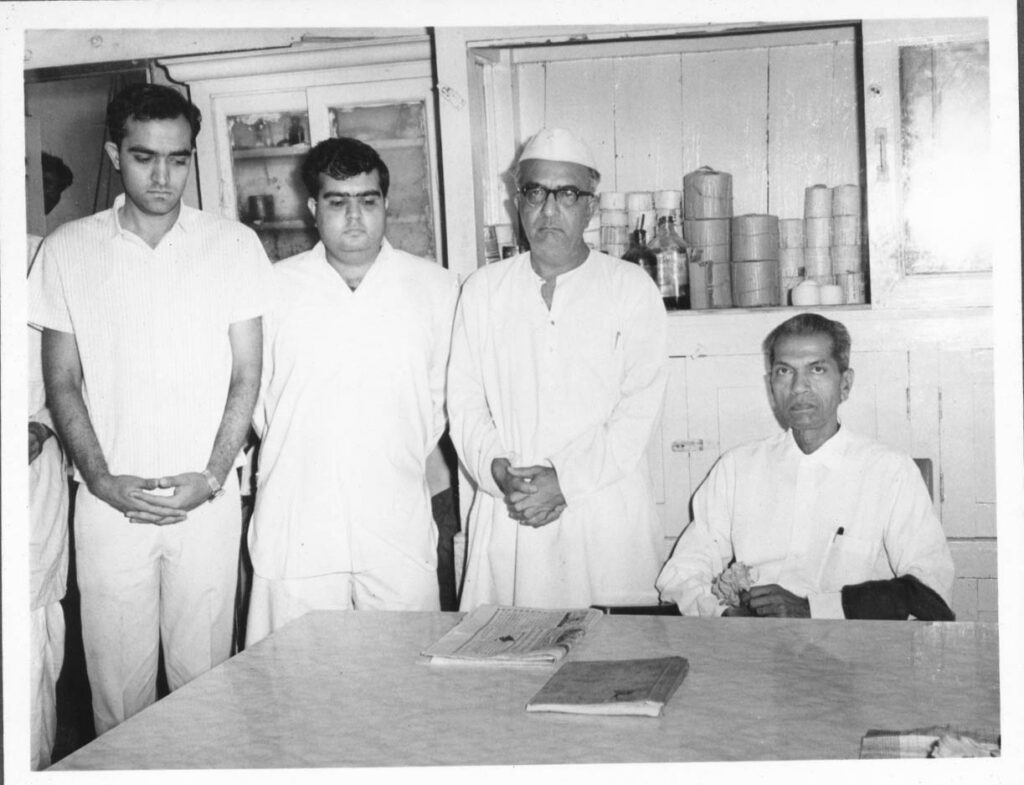
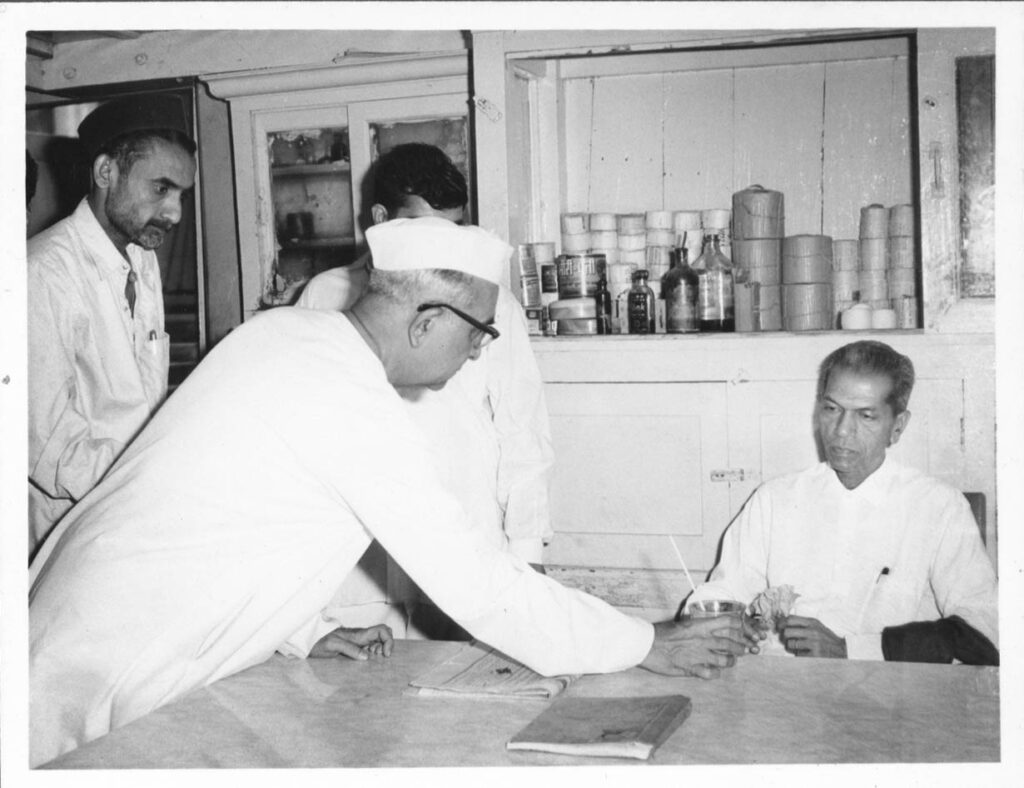
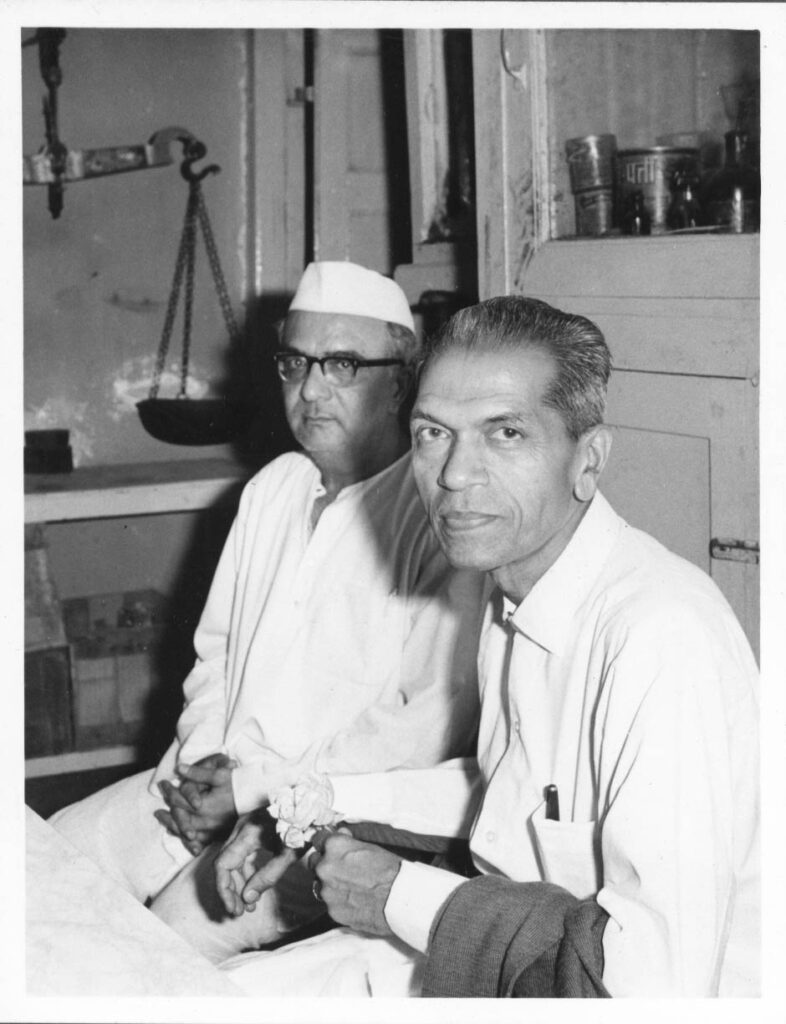
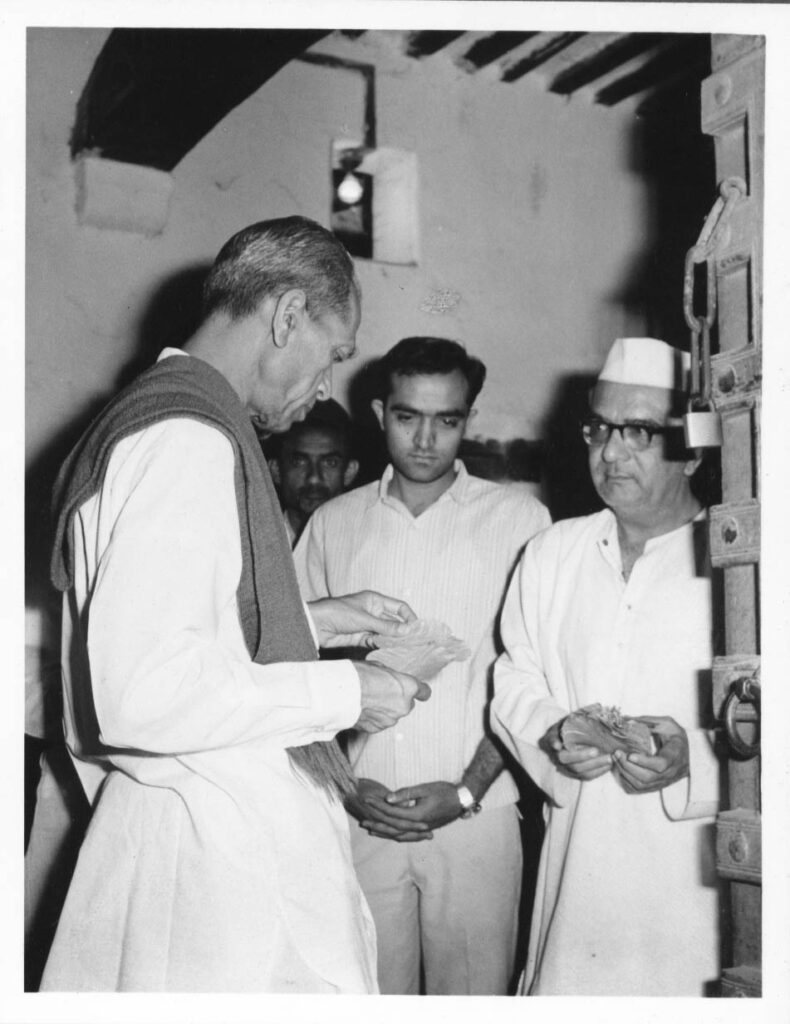
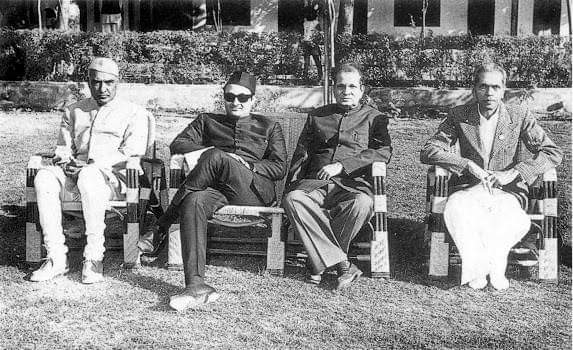
Sundaram (extreme right) with Shri Surendranath Jauhar, Dr. Karan Singh and Dr. K. R. S. Iyengar
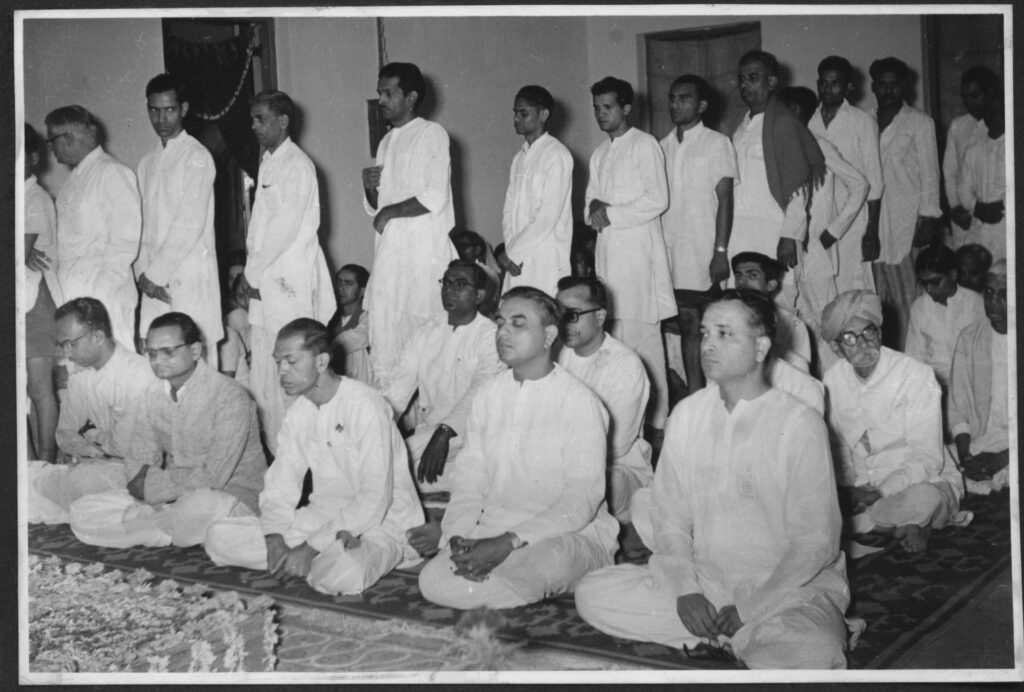
Sundaram at the Ahmedabad Shibir held in October 1957
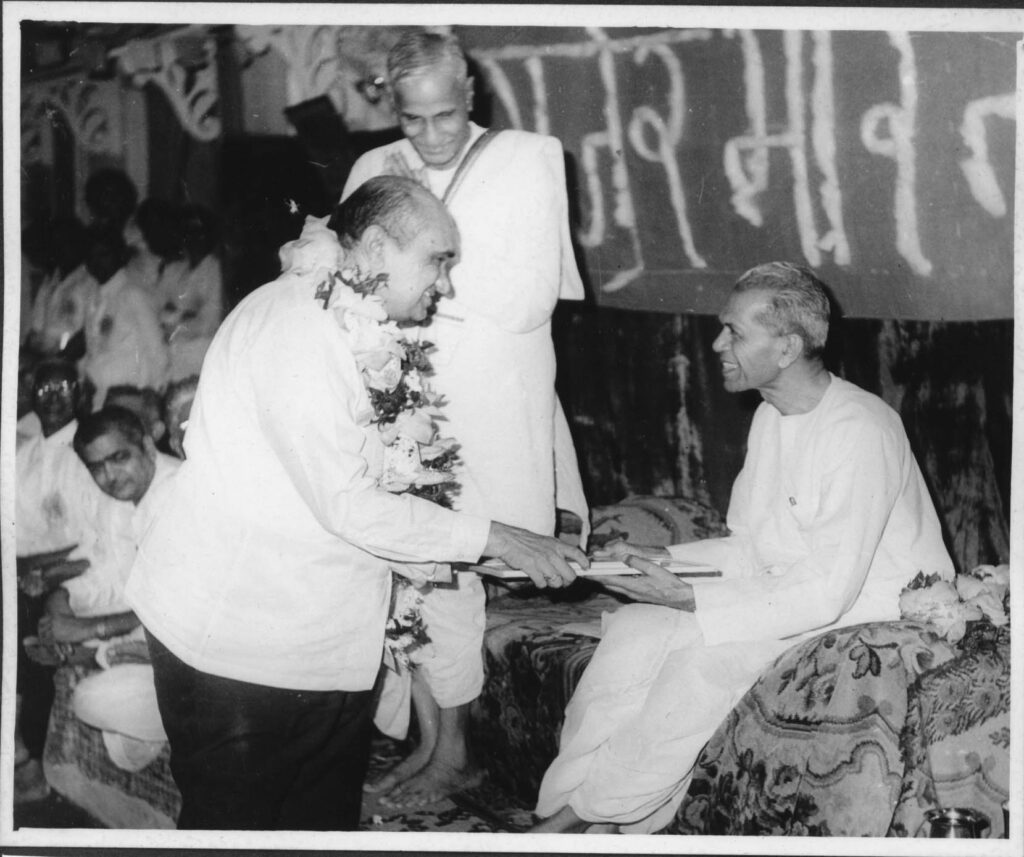
The following two photographs were taken at the Ganganath Shibir held in 1967:
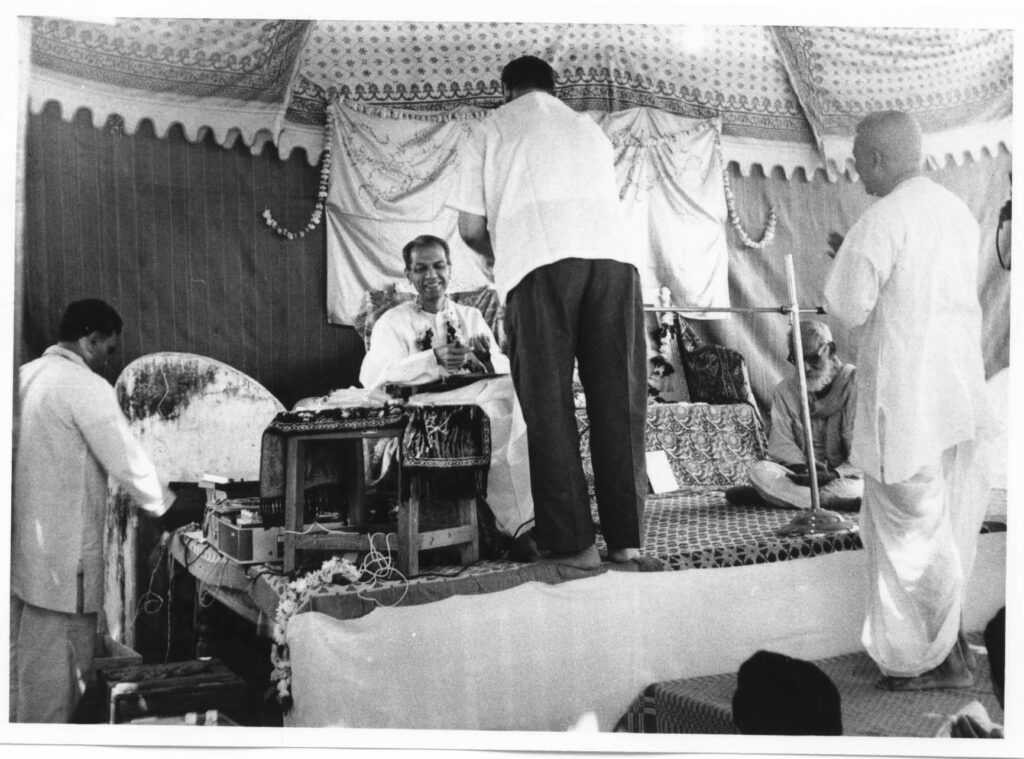
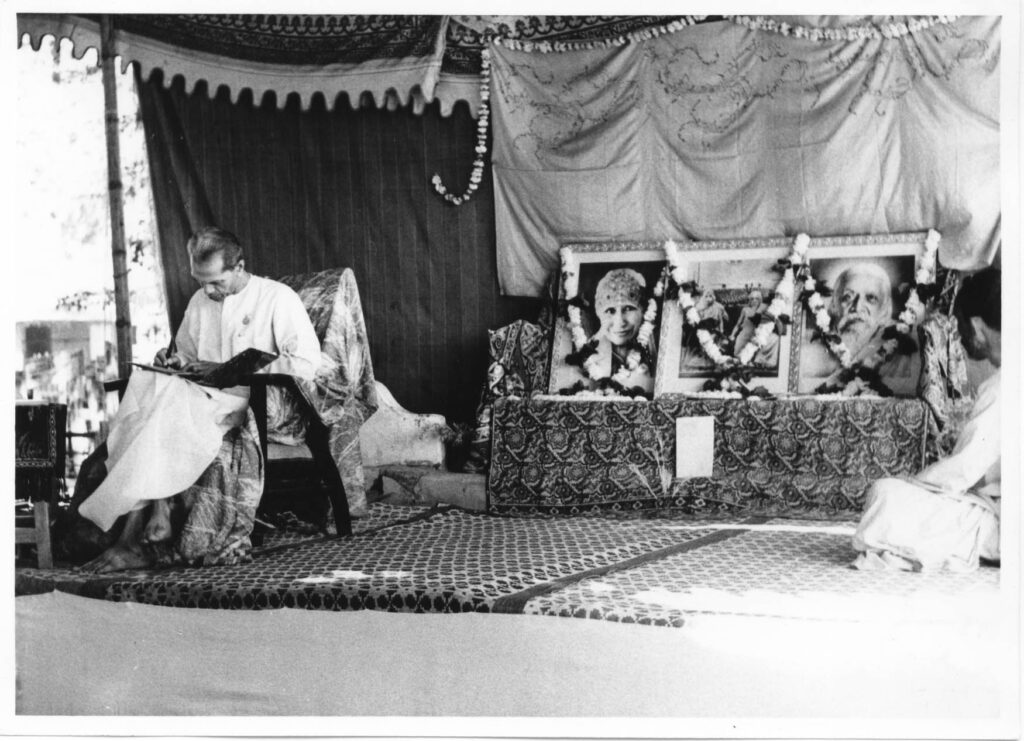
The following three photographs were taken at the Gujarati Sahitya Parishad in December 1969:
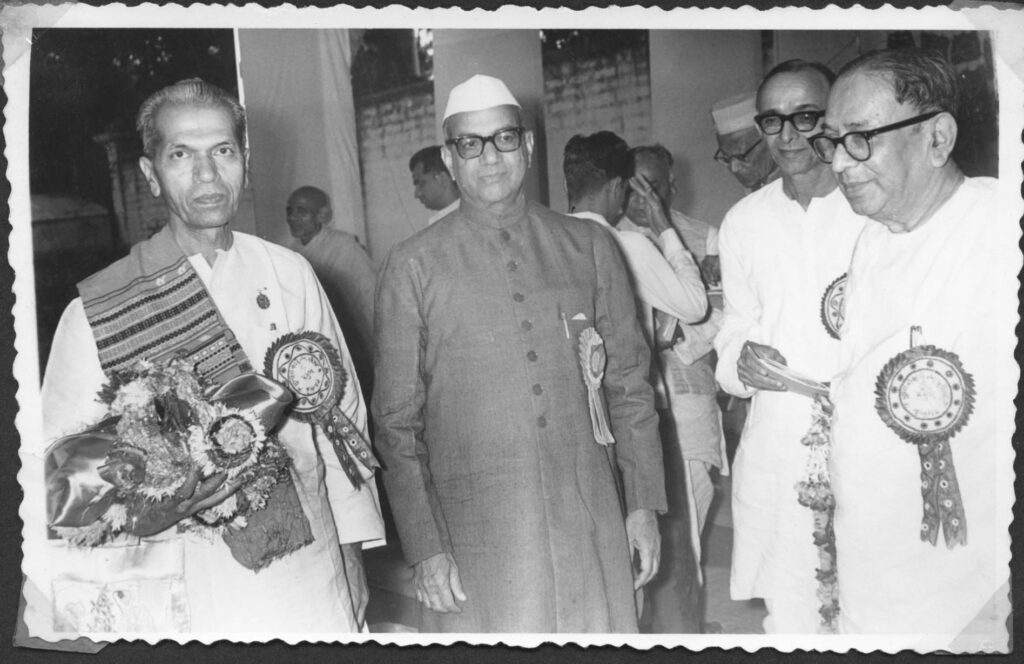
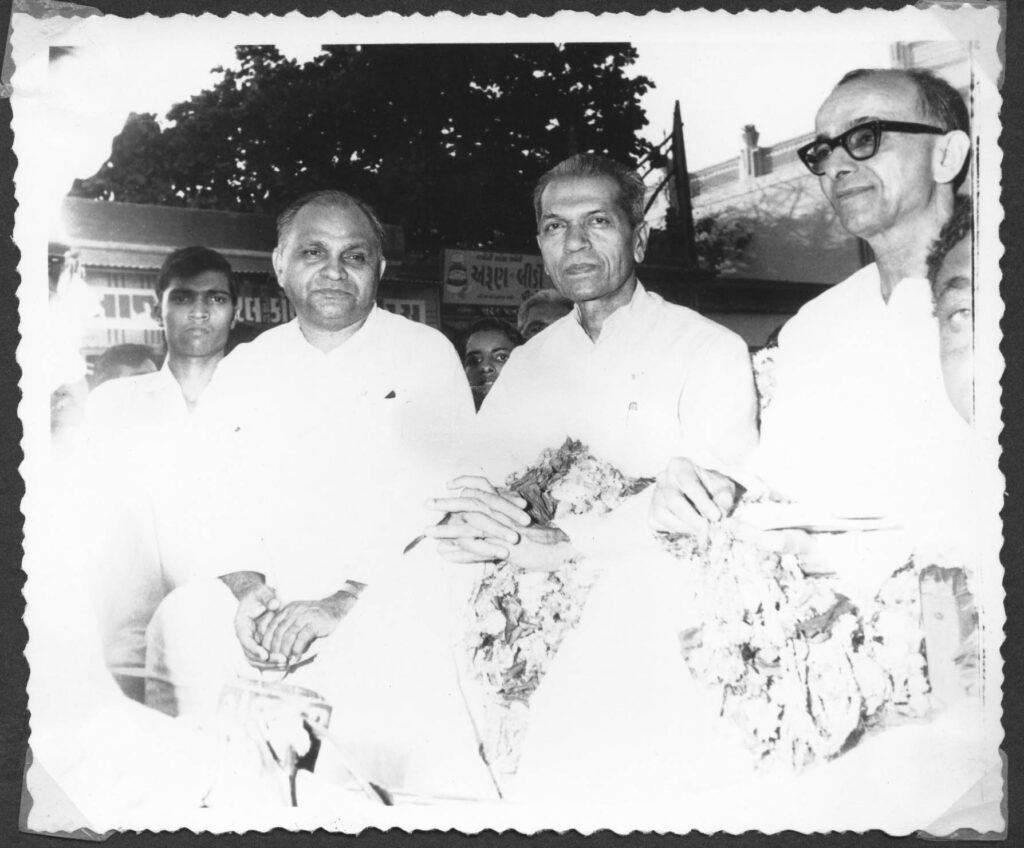
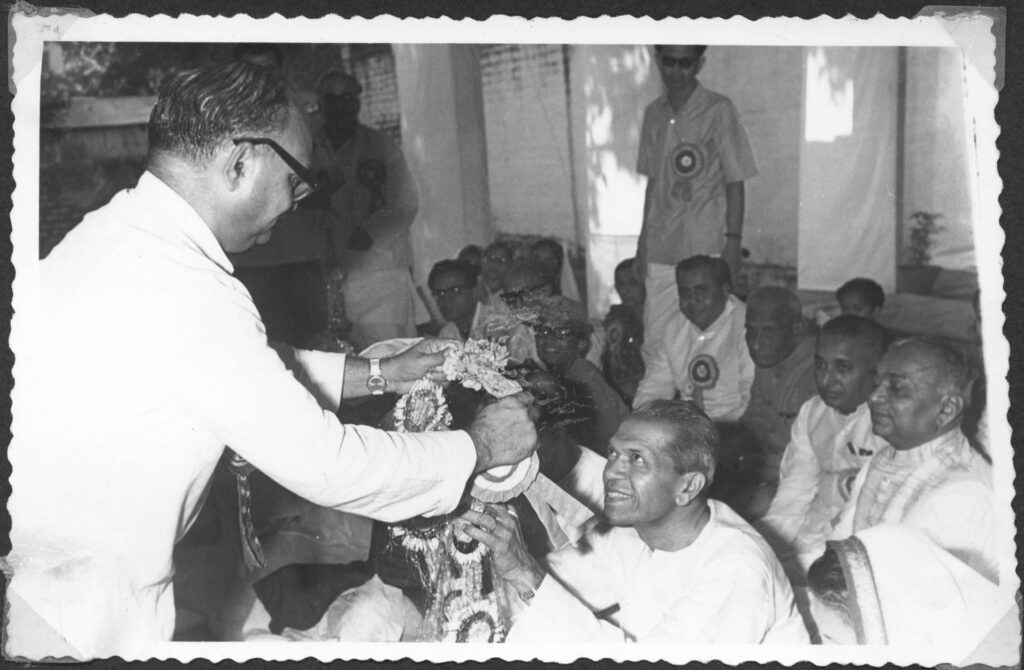
The following three photographs were taken at the Surat Shibir held in June 1956:
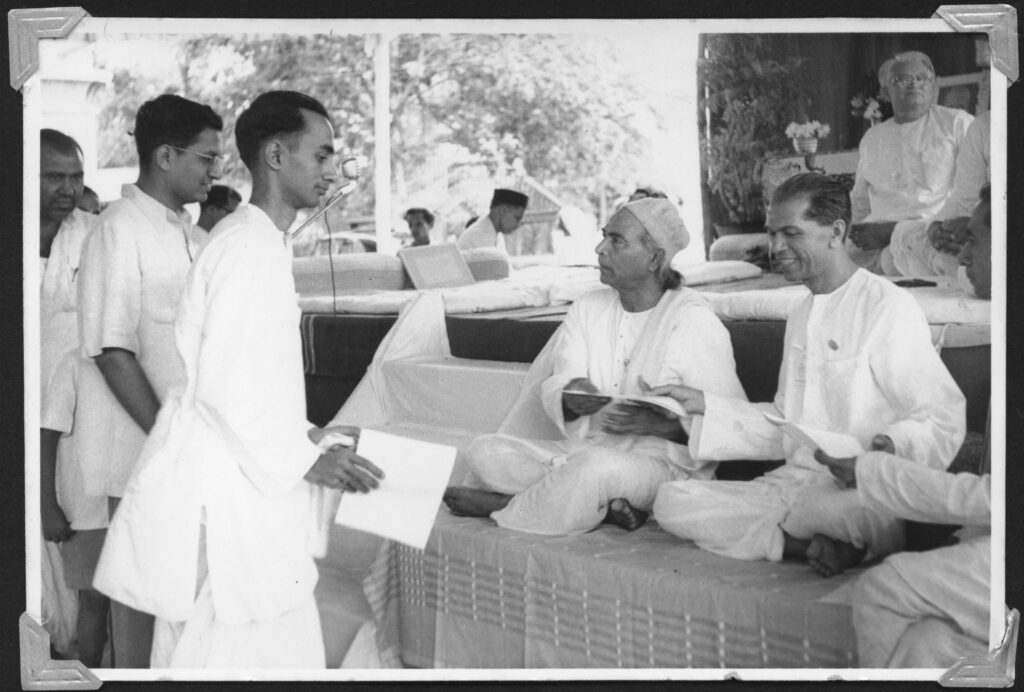
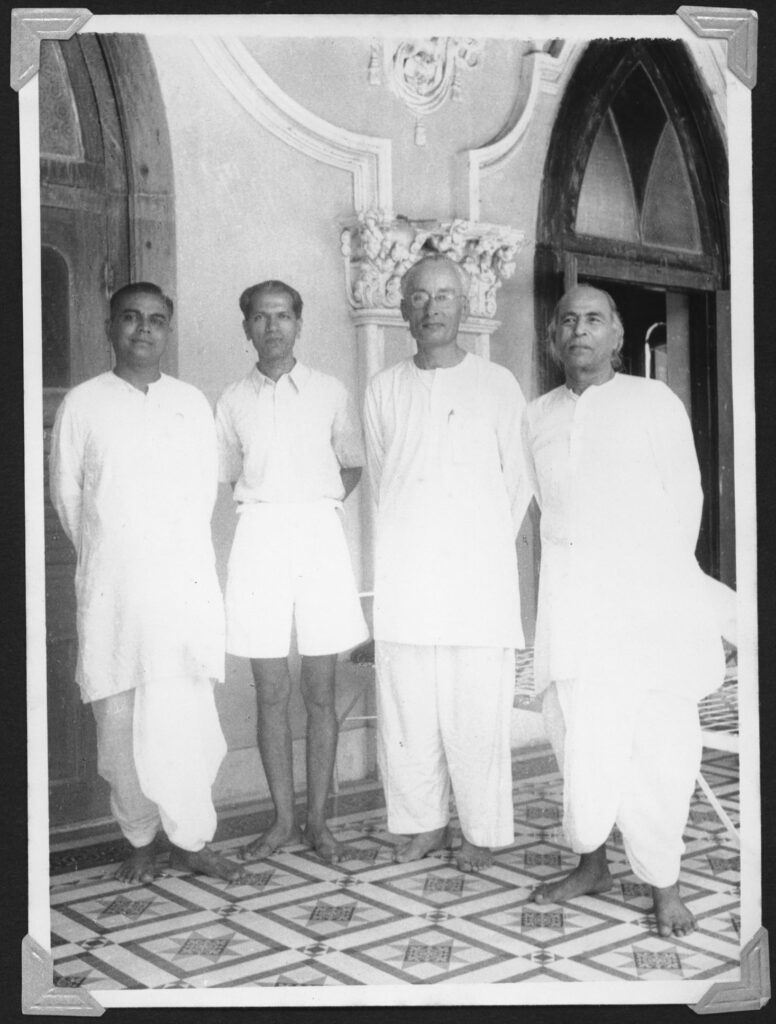
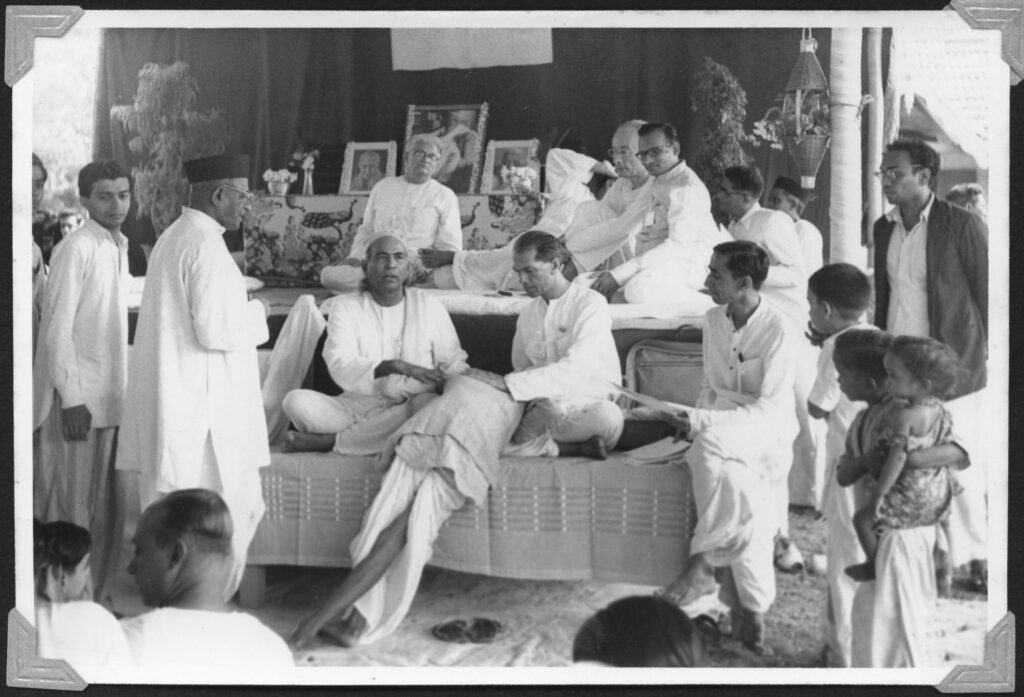
In the following six photographs, Sundaram is seen with the Mother:
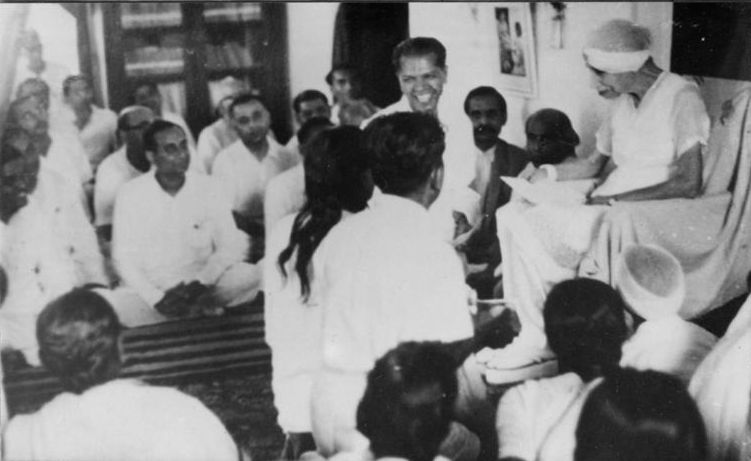
Sundaram with the Mother on 22 February 1957
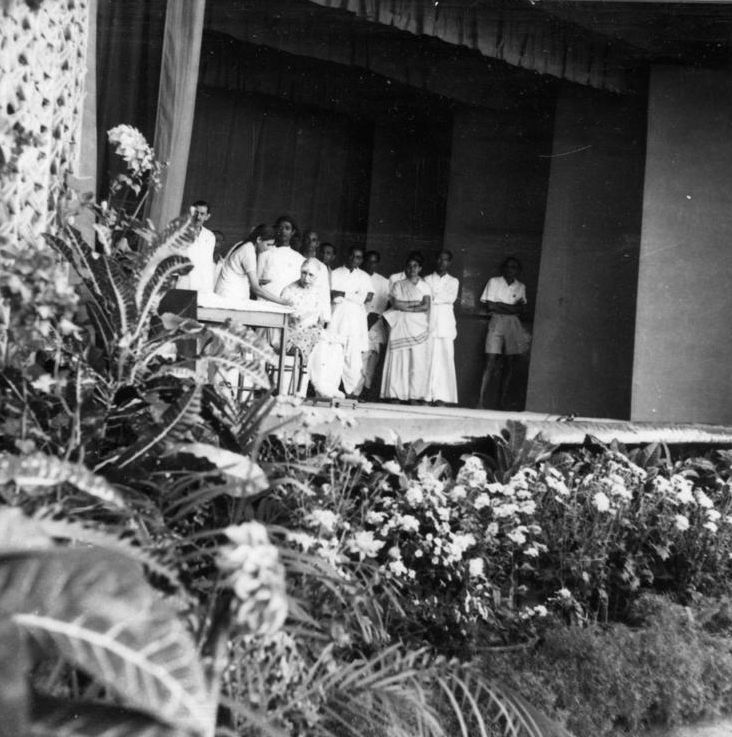
The Mother distributing school prizes on the stage (circa 1950). Also seen with the Mother: Shanti Doshi, Krishnakumari, Sailen, Sujata Nahar, Sundaram and Krishnalal Bhatt.
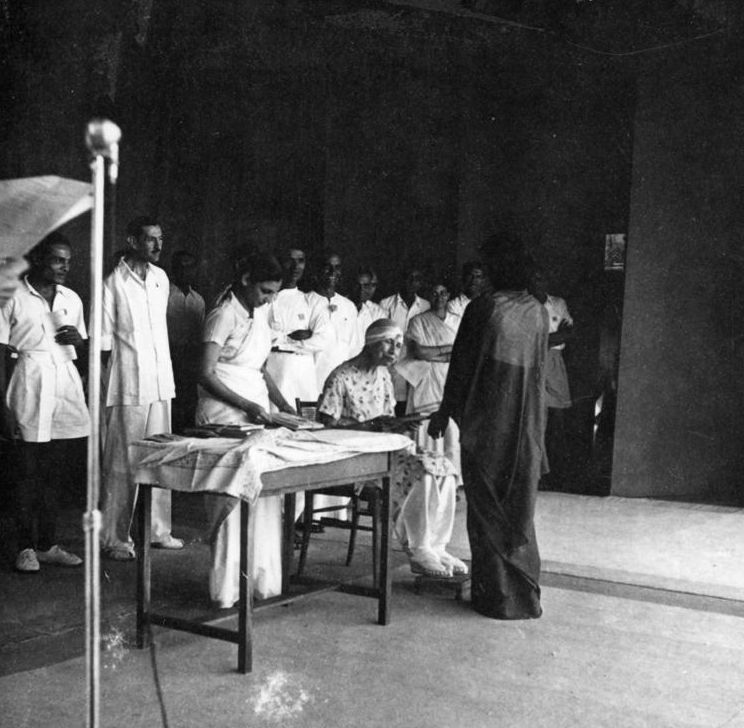
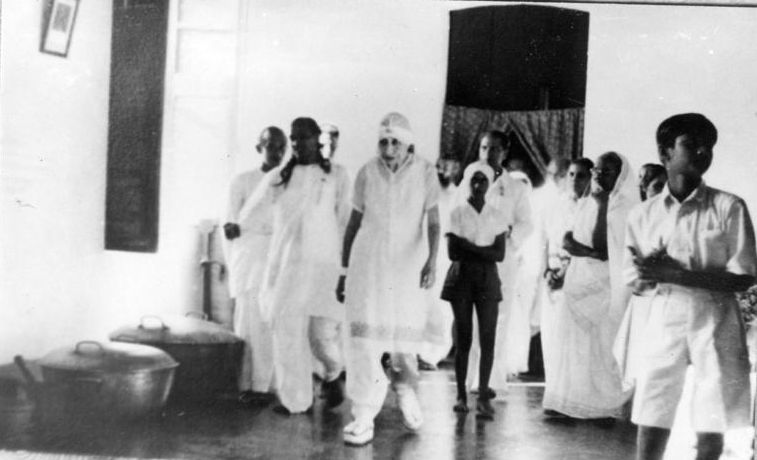
The Mother with Sundaram, Pujalal, Kesarimal and Kirti on 22 February 1958
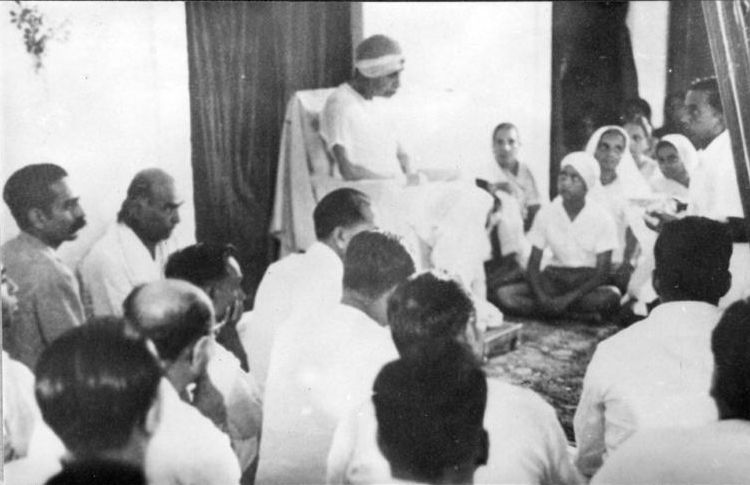
The Mother with A. B. Purani and Sundaram
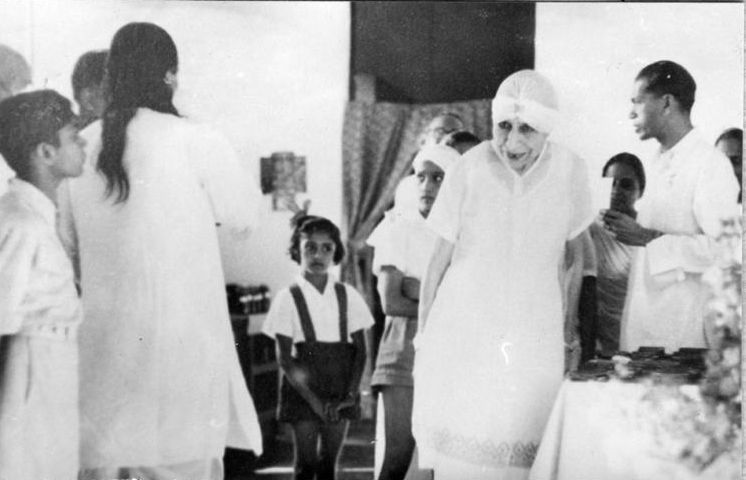
The Mother with Sundaram and Kirti on 22 February 1958
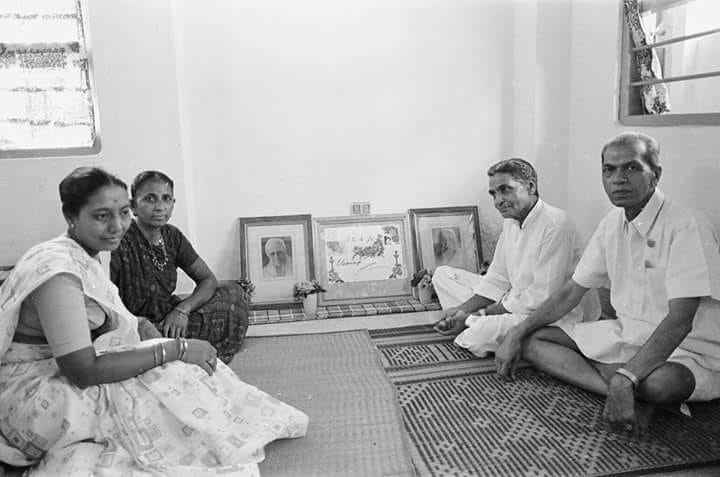
Sundaram with Pannalal Patel
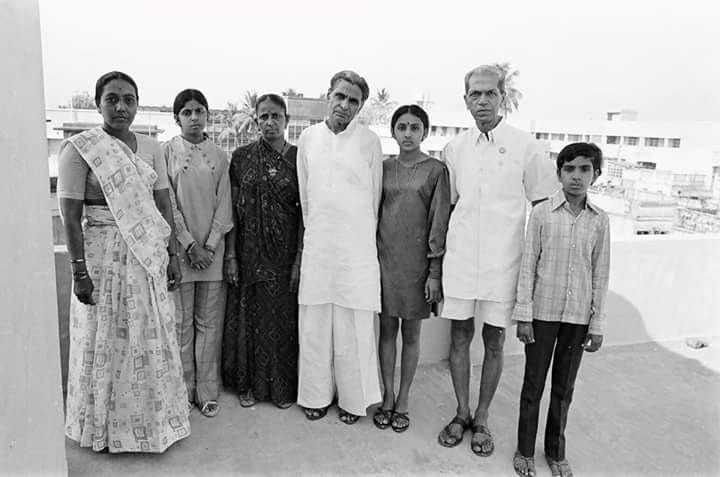
Same as above.

Sundaram with Uma Shankar Joshi
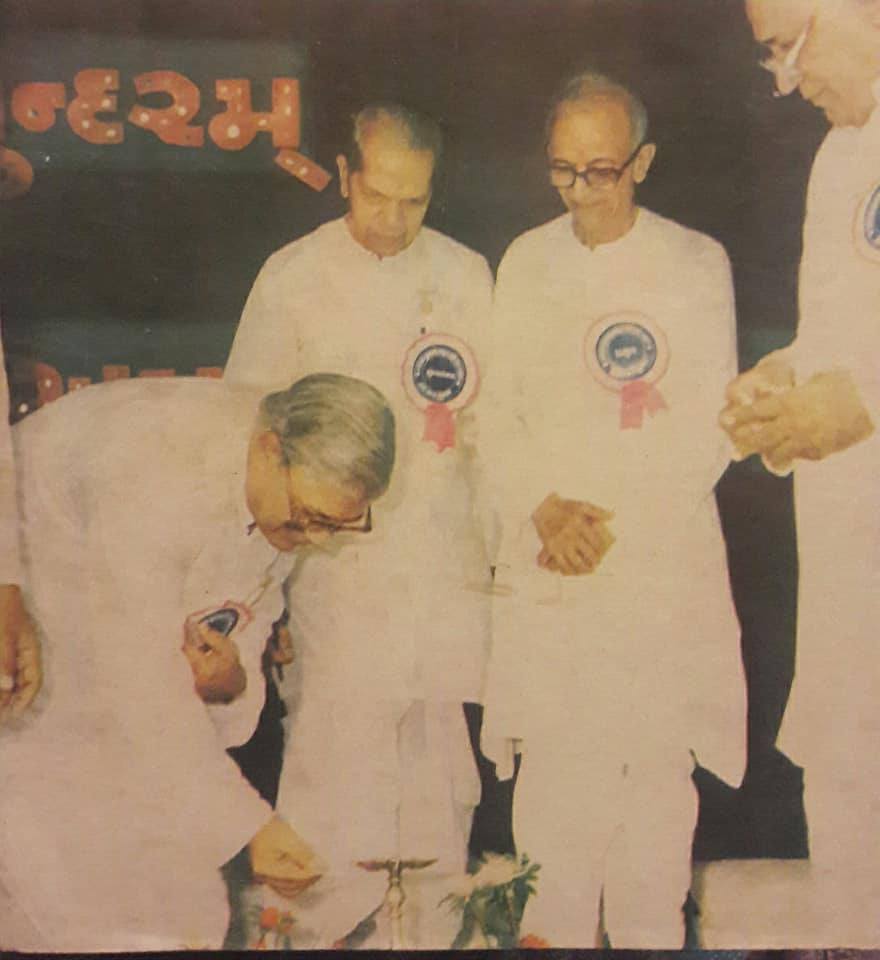
Same as above.
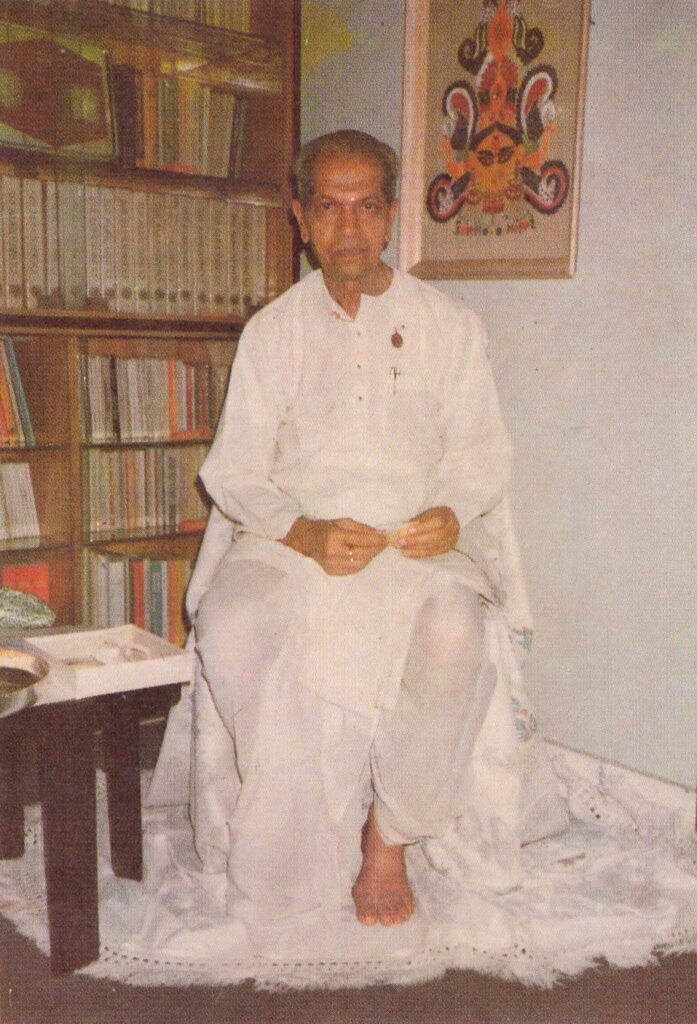
Sundaram means Beautiful. Beautiful he was in his appearance; beautiful in his speech; beautiful his poetry that could win generations of admirers in Gujarat and all over the world where Gujaratis live. Thanks to his affection, we met at the Ashram other eminent literary figures of national stature like Umashankar Joshi and Pannalal Patel. In June 1989, he joined us for the meditation presided over by Nirodbaran after the passing of my father. Before leaving he gave me a short poem that he wrote on the spot, entitled “Ré Tejen!”
A great collection, Anurag. These photographs of Sundaram constitute a wonderful archive of a celebrated person who enriched Gujarati literature and also helped spread the message of Sri Aurobindo far and wide.
Very nice collection. Grateful 🙏🙏
A beautiful pictorial tribute to the legend!
Thanks a lot Anurag ji for sharing these beautiful photographs to be cherished forever in the depth of our hearts.
We are indebted to you for your dedicated devotion and sincere efforts which bring to us the treasure of wisdom always.
Regards
Giti Tyagi
Editor, International Author & Poetess
A beautiful pictorial collection.
He was a good friend of my father-Sohanlal Parikh in Ahmedabad, Gujarat. There was a lot of great memories in my childhood.
Thank you so much for sharing these beautiful photos library.
Thank you. Why he was named Sundaram, normally a South Indian name?
In anticipation of your clarification,
N V Sripathy
Dear Sripathy-ji,
Tribhuvandas used several pen-names ‘Marichi’ and ‘Vishwakarma’ before selecting Sundaram as his final pseudonym. It so happened that he came across the name of Bala Sundaram sometime in 1928-29 and found the second half of the name so fascinating that he chose it as his pen-name.
With warm regards,
Anurag Banerjee
thanks for the post on sundaram a legendary poet!
jambunathan
Merci Anurag, de dévoiler pour les amoureux de la culture indienne comme moi, l’apport de tant de grandes âmes venues accompagner Mère et Sri Aurobindo dans leur travail de transformation.